October 23, 2023 - Maria Lisa Polegatto
Keystone Species: Humanity’s Dependence On Vital Biodiversity
Before reading this blog, I want to give some direction. The research surrounding keystone species is compelling and vast. I learned a lot of information while doing this blog post. Along with the research I have included several links, articles and other resources to support the research. It may be beneficial to read the blog article first and then come back and review the additional information afterward. I will of course let you decide how you wish to review. You may be more interested in some aspects to delve into when reading instead of waiting. Take your time and enjoy spending time with nature.)
Can you imagine a world without wildlife and nature? While humanity dominates, nature and animals are the reason humanity survives. When nature collapses, so does humanity (Washington, 2015).
Due to severe damage to global ecosystems species are now extinct and biodiversity is significantly weakened (Fan et al, 2023) with practically “one million plant and animal species are facing extinction in the coming decades” (Davis, et al, 2023). The loss of biodiversity has a substantial impact on food source with “primary” extinctions resulting in “secondary or cascading” extinctions (Fan et al, 2023) (Hale and Koprowski, 2018).
The climate and biodiversity crisis are “unmatched” in earth’s history (Marjakangas et al, 2023). Humanity has altered global ecosystems with “human activity” from its presence to infrastructure to the degree of 3% remaining faunal communities being left unaltered (Prugh, 2023).
| | |
While there are increased efforts to protect biodiversity (Reyes-García et al, 2023), global ecosystems have negatively been affected by:
- population density increase
- toxic pollution
- carbon dioxide emissions
- habitat destruction (Fan et al, 2023)
- land use change
- overexploitation or invasive species (Marjakangas et al, 2023)
- euthphication
- species introduction
- nutrient impact (corals)
- regional climate change
- unsustainable bushmeat trade
- loss of keystone species (Washington, 2015)
- human interference (Polegatto, 2020).
The concept of “keystone species” began in 1969 in relation to how purple sea stars and sea snails influenced their ecosystem (Hale and Koprowski, 2018).
“Keystone species” play a critical role in maintaining biodiversity and its structure, function, and stability” in ecosystems (Fan et al, 2023) (Hale and Koprowski, 2018), have huge, unmatched impacts in their ecosystems (Hale and Koprowski, 2018), and influence movement of energy through food webs and species within ecosystems (Washington, 2015).
“Keystone species” play a critical role in maintaining biodiversity and its structure, function, and stability” in ecosystems (Fan et al, 2023) (Hale and Koprowski, 2018), have huge, unmatched impacts in their ecosystems (Hale and Koprowski, 2018), and influence movement of energy through food webs and species within ecosystems (Washington, 2015).
Sadly, keystone species are mostly unknown (Washington, 2015). This concept initially focused on “top predators” progressing to include multitudes of species at numerous trophic levels (Hale and Koprowski, 2018). Three types of keystone species are:
- predators normally at the top of food webs.
- mutualists who mutually depend on other species. and
- ecosystem engineers who cycle nutrients in ecosystems (Washington, 2015).
Examples of keystone species include:
Extinctions may also be for natural reasons, such as:
- gray wolves stop hoofed mammal overpopulation and plant overeating but declined due to negative folklore,
- sea otters stop sea urchin kelp forest destruction but neared extinction for fur,
- kangaroo rats and prairie dogs change their habitat, influence other species and ecosystems but were perceived as pests (Hale and Koprowski, 2018), and
- whales are consumers, prey, “vectors of nutrient and material flux” and nutrient pathways but decline through human interference (Polegatto, 2020).
Extinctions may also be for natural reasons, such as:
- sea otter declines due to orca predation; and
- prairie dog declines due to disease (Hale and Koprowski, 2018).
(Design credits: Polegatto, M.L., Canva free photos)
Identifying keystone species is vital for implementing an “optimization model” and protection can contribute to conservation and helps to:
Anthropogenically declines in populations require restoration. One process is “translocation” which is “the movement of living organisms from one area with free release in another” through:
1. Introduction - “intended or unintended movement” away from habitat,
2. Reintroduction – “intended movement” back into natural range, and
3. Restocking – movement to increase numbers in original habitat (Hale and Koprowski, 2018).
- set priorities,
- set conservation targets, and
- functions as conservation guides (Fan et al, 2023).
Anthropogenically declines in populations require restoration. One process is “translocation” which is “the movement of living organisms from one area with free release in another” through:
1. Introduction - “intended or unintended movement” away from habitat,
2. Reintroduction – “intended movement” back into natural range, and
3. Restocking – movement to increase numbers in original habitat (Hale and Koprowski, 2018).
| | |
While anthropogenic movement has been used for ages, “conservation-based reintroductions” are a newer method that require preparation and accurate scientific methods for implementation and success (Hale and Koprowski, 2018).
What is unknown and seldom evaluated is “if, when, and to what extent” keystone species can restart their original role, particularly after extended absence (Hale and Koprowski, 2018). Most reintroduction studies were overseen on mammals, but broader taxonomic groups and geographic locations for global understanding and enhanced learning in high conservation concern areas are required (Hale and Koprowski, 2018).
What is unknown and seldom evaluated is “if, when, and to what extent” keystone species can restart their original role, particularly after extended absence (Hale and Koprowski, 2018). Most reintroduction studies were overseen on mammals, but broader taxonomic groups and geographic locations for global understanding and enhanced learning in high conservation concern areas are required (Hale and Koprowski, 2018).
Keystone species can also be identified as:
- “Cultural keystone species” is a framework evaluating the biocultural standing of “culturally important species” supporting cultural identity and foundation for “religious, spiritual, and social” unity offering mutual “sense of place, purpose, belonging, or rootedness” linked with the “living world”. Whiles being central for “Indigenous peoples,” “ethnic groups,” “local communities,” and “other sociocultural groups”, they are not usually biologically and culturally Endangered or Critically Endangered (Reyes-García et al, 2023).
The black ash tree (North America), culturally and spiritually significant to Tribal Nations (United States) and First Nations (Canada), having “ecological and economic” and “socioeconomic” impacts due to insect invasion, requires a combination of traditional and Western knowledge for restoration (Siegert et al, 2023).
By identifying the interconnectedness of humans and nature, including decision-making, this method relates to the 2050 Convention of Biological Diversity goal of living harmoniously with nature (Reyes-García et al, 2023).
2. “Culturable keystone species” encourage dynamic multispecies biofilm formations in soil offering a unique agricultural environment for bacterial communities and future microbial agents increasing productiveness (Xiong et al, 2021).
3. “Climate keystone species” is a concept relating to species abundances in ecosystems with “keystoneness” to adjust and continue despite climate change effects (Marjakangas et al, 2023). Some species can respond more to environmental conditions and may “adapt, move or go locally extinct” more than others and either positively or negatively contribute to climate changes with some able to speed up adaptation. (Marjakangas et al, 2023). Identification is based on the ability to have stronger effects on the whole community response over time (Marjakangas et al, 2023).
4. "Hyperkeystone species" or “higher order” species to the point of being “hyperparasite” is the concept of humans in the Anthropocene and the effects of their actions on the “physical, chemical and biological makeup of our planet” due to their distress on numerous other keystone species in ecosystems driving “complex, potentially connected interaction” chain reactions, including ecosystems collapse they are a part of, not external to (Worm & Paine, 2016).
The fluctuation of large organisms can have critical effects on ecosystem performances with human interference to the biosphere reducing many communities due to population reduction and extinctions (Martins et al, 2023). Research suggests species body size is primarily decreasing with fish having the most widespread decline causing concern for human nutrition, economics, and ecosystem functions (Martins et al, 2023). With humanity bankrupting nature we require for survival, we need sustainable solutions with change from managing crisis to human ecology and awareness (Washington, 2015).
Humanity can help save vital biodiversity through citizen science using technology most people have already (Polegatto, 2020). Citizen input is commonplace within scientific research directed at “biodiversity monitoring and conservation” enabling access to enormous amounts of information unavailable otherwise (O’Neill et al, 2023). Spending time in nature leads humanity to greater appreciation and protection of nature (Polegatto, 2020).
The key to “coexistence and persistence of wildlife, and ecosystem function” in high human activity areas is recognizing species interactions and incorporating those impacts into a unified framework to evolve wildlife conservation (Prugh, 2023). Being sustainable and living harmoniously with nature and species needs to be humanity’s goal.
Human dominance needs to instead be humility, acceptance, and unity with all life on earth. I can not imagine a world without nature and animals. Will you pledge to live more harmoniously with nature too?
(Keystone species credit: Browning, 2021: left: bat, middle: bee, right: hummingbird) (Canva free photos)
(Keystone species credit: Browning, 2021: left: wild horses, middle: woodpecker, right: elephant) (Canva free photos)
Further Resources:
- 21 species removed from the Endangered Species Act due to extinction (GrrlScientist, 2023).
- Are humans separate from nature? (Dalrymple, 2022)
- Jane Goodall says we need hope to fight climate change — and her hope lies with youth. Listen here to CBC Radio Interview (Carty, 2023).
- "Play The Ultimate Keystone Species Quiz Game 2022 Online: Fun Trivia Questions and Answers on the Animals Birds Fishes Keystone Endangered Species Nature". Take the keystone species quiz (click here) (sign up not required) (Brain bout, 2022).
- What do humans have in common with trees? (Polegatto, 2023)
| | |
| | |
(Keystone species credit: Browning, 2021: left: jaguar, middle: grizzly bear, right: beaver) (Canva free photos)
References:
10 best nature quotes from sir David Attenborough - WWF-Australia: 10 best nature quotes from sir David Attenborough. WWF Australia. (2021, November 17). https://wwf.org.au/blogs/10-best-nature-quotes-from-sir-david-attenborough/
ABC News. (2022a). Rhino relocation effort seeks to save threatened species. YouTube. Retrieved October 8, 2023, from https://www.youtube.com/watch?v=E1K4ECDwRvw.
Atkins, J., & Atkins, B. (2018, November 21). Around the world in 80 species: Exploring the business of extinction. Routledge & CRC Press. https://www.routledge.com/Around-the-World-in-80-Species-Exploring-the-Business-of-Extinction/Atkins-Atkins/p/book/9781783537136
BBC News. (2019a). Climate Change: Why are thousands of species facing extinction? . YouTube. Retrieved October 8, 2023, from https://www.youtube.com/watch?v=nho73BtDQtE.
BBC. (2020a). We need IMMEDIATE action to stop extinction crisis, David Attenborough. YouTube. Retrieved October 8, 2023, from https://youtu.be/dbCR0KSU52g?si=ViXej-xjiQhTs3wS.
Black Ash. Unama’ki Institute of Natural Resources. (2005, December 24). https://www.uinr.ca/black-ash/
Browning, K. (2021, April 11). 23 examples of Keystone Species Living on Our Planet. Softback Travel. https://softbacktravel.com/23-examples-of-keystone-species/
Carty, M. (2023, October 16). Jane Goodall says we need hope to fight climate change - and her hope lies with youth | CBC radio. CBCnews. https://www.cbc.ca/radio/thecurrent/jane-goodall-visits-toronto-speech-meridian-hall-1.6994337
Climate Reality. (2018, December 4). 24 Hours of reality: “Earthrise” by Amanda Gorman. YouTube. https://www.youtube.com/watch?v=xwOvBv8RLmo
Conservation International. (2014, October 6). Nature is speaking – julia roberts is mother nature | conservation international (CI). Nature Is Speaking – Julia Roberts is Mother Nature | Conservation International (CI). https://www.youtube.com/watch?v=WmVLcj-XKnM&t=37s
Crp. (2022, September 23). Blog series: Cultural Keystone Species and places. CRP Website. https://conservation-reconciliation.ca/biocultural-resources/cultural-keystone-species-blog-series
Dalrymple, S. (2022, September 30). Are humans separate from nature?. British Ecological Society. https://www.britishecologicalsociety.org/are-humans-separate-from-nature/
Davis, C. L., Bai, Y., Chen, D., Robinson, O., Ruiz‐Gutierrez, V., Gomes, C. P., & Fink, D. (2023). Deep learning with citizen science data enables estimation of species diversity and composition at continental extents. Ecology (Durham). https://doi.org/10.1002/ecy.4175
Dubey, S. (2021, October 25). 10 most insightful quotes by Jane Goodall about nature and life. Epic Quotes. https://www.epicquotes.com/10-most-insightful-quotes-by-jane-goodall-about-nature-and-life/#:~:text=9%20To%20reconnect%20with%20nature%20is%20key%20if,most%20of%20nature%20eventually%20leading%20to%20mass%20destruction.
Ecojesuit. (2021, April 28). A prayer for the Earth. A Prayer for the Earth. https://www.youtube.com/watch?v=F_gYWVkp_pU&t=22s
Engage4More. (2022, March 2). Play the ultimate keystone species quiz game 2022 online: Fun trivia questions and answers on the animals birds fishes keystone endangered species nature. Brain Bout. https://brainbout.in/quizlets/keystone-species-quiz-online-2022-621fc83dea1bc69aff600917
Fan, C., Zhu, D., Zhang, T., & Wu, R. (2023). Efficient keystone species identification strategy based on tabu search. PloS One, 18(5), e0285575–e0285575. https://doi.org/10.1371/journal.pone.0285575
Freitas, C. T., Lopes, P. F., Campos‐Silva, J. V., Noble, M. M., Dyball, R., & Peres, C. A. (2019). CO‐management of culturally important species: A tool to promote biodiversity conservation and human well‐being. People and Nature, 2(1), 61–81. https://doi.org/10.1002/pan3.10064
GrrlScientist. (2023, October 18). 21 species removed from the Endangered Species Act due to extinction. Forbes. https://www.forbes.com/sites/grrlscientist/2023/10/17/twenty-one-species-removed-from-the-endangered-species-act-due-to-extinction/?sh=740c695e3dca
Hale, S. L., & Koprowski, J. L. (2018). Ecosystem‐level effects of keystone species reintroduction: a literature review. Restoration Ecology, 26(3), 439–445. https://doi.org/10.1111/rec.12684
International Union for Conservation of Nature and Natural Resources. (n.d.). The IUCN Red List of Threatened Species. IUCN Red List of Threatened Species. https://www.iucnredlist.org/
Jeff Root. (2015, August 23). Medicin for Mother Earth (Native American music). YouTube. https://www.youtube.com/watch?v=rC9SgL7kZ2U
Keystone plants by ecoregion. National Wildlife Federation. (n.d.). https://www.nwf.org/Garden-for-Wildlife/About/Native-Plants/keystone-plants-by-ecoregion
Kimmerer, R. W. (2015, August 15). Braiding Sweetgrass: Indigenous Wisdom, scientific knowledge and the teachings of plants: Kimmerer, Robin Wall: 9781571313560: Books. Braiding Sweetgrass: Indigenous Wisdom, Scientific Knowledge and the Teachings of Plants: Kimmerer, Robin Wall: 9781571313560: Books - Amazon.ca. https://www.amazon.ca/Braiding-Sweetgrass-Indigenous-Scientific-Knowledge/dp/1571313567
Kimmerer, R. W. (2022, November 1). Braiding Sweetgrass for Young Adults: Indigenous Wisdom, scientific knowledge, and the teachings of plants: Kimmerer, Robin Wall, Gray Smith, Monique, Neidhardt, Nicole: 9781728458991: Books. Braiding Sweetgrass for Young Adults: Indigenous Wisdom, Scientific Knowledge, and the Teachings of Plants: Kimmerer, Robin Wall, Gray Smith, Monique, Neidhardt, Nicole: 9781728458991: Books - Amazon.ca. https://www.amazon.ca/Braiding-Sweetgrass-Young-Adults-Indigenous/dp/1728458994/ref=pd_lpo_sccl_1/134-1188677-1843209?pd_rd_w=Q8jIM&content-id=amzn1.sym.bc8b374c-8130-4c45-bf24-4fcc0d96f4d6&pf_rd_p=bc8b374c-8130-4c45-bf24-4fcc0d96f4d6&pf_rd_r=D0X8KMRPTWXMZVM9ZWMK&pd_rd_wg=s5CdP&pd_rd_r=ae1e07e6-ee87-44b4-8880-f6471c41aaa4&pd_rd_i=1728458994&psc=1
Manning, J. (2023, October 12). Beavers reintroduced to west London for first time in 400 years to improve biodiversity. AP News. https://apnews.com/article/beavers-reintroduced-to-london-ealing-5d14aaef530443e7790ddb95ac76d321
Martins, I. S., Schrodt, F., Blowes, S. A., Bates, A. E., Bjorkman, A. D., Brambilla, V., Carvajal-Quintero, J., Chow, C. F. Y., Daskalova, G. N., Edwards, K., Eisenhauer, N., Field, R., Fontrodona-Eslava, A., Henn, J. J., van Klink, R., Madin, J. S., Magurran, A. E., McWilliam, M., Moyes, F., … Dornelas, M. (2023). Widespread shifts in body size within populations and assemblages. Science (American Association for the Advancement of Science), 381(6662), 1067–1071. https://doi.org/10.1126/science.adg6006
Marjakangas, E., Santangeli, A., Kujala, H., Mammola, S., & Lehikoinen, A. (2023). Identifying “climate keystone species” as a tool for conserving ecological communities under climate change. Diversity & Distributions. https://doi.org/10.1111/ddi.13764
Master Gardeners of Northern Virginia. (2022a). Keystone Species of Native Plants. YouTube. Retrieved October 8, 2023, from https://www.youtube.com/watch?v=scEZ09XE_XI.
Nakani Native Program. (2021). Making Medicine with Cultural Keystone Species. YouTube. Retrieved October 8, 2023, from https://www.youtube.com/watch?v=74h5pa_hF2g.
National Geographic. (n.d.). Keystone species. Education. https://education.nationalgeographic.org/resource/keystone-species/
National Geographic. (n.d.-b). Role of keystone species in an ecosystem. Education. https://education.nationalgeographic.org/resource/role-keystone-species-ecosystem/
Nature on PBS. (2019b). How Starfish Changed Modern Ecology. YouTube. Retrieved October 8, 2023, from https://www.youtube.com/watch?v=rN5KzBVxNl4.
Nesmith, R. A. (2021, September 22). Keystone Species: Nature’s maintenance managers: Nesmith, dr. Richard A.: 9798479967788: Books. Keystone Species: Nature’s Maintenance Managers: NeSmith, Dr. Richard A.: 9798479967788: Books - Amazon.ca. https://www.amazon.ca/Keystone-Species-Natures-Maintenance-Managers/dp/B09GZJP2MV/ref=sr_1_3?crid=3ASFX5IIC2K3X&keywords=keystone%2Bspecies&qid=1696554905&s=books&sprefix=keystone%2Bspecies%2Cstripbooks%2C341&sr=1-3
O’Neill, D., Häkkinen, H., Neumann, J., Shaffrey, L., Cheffings, C., Norris, K., & Pettorelli, N. (2023). Investigating the potential of social media and citizen science data to track changes in species’ distributions. Ecology and Evolution, 13(5), e10063–n/a. https://doi.org/10.1002/ece3.10063
Peggy Notebaert Nature Museum. (2017). How Does Climate Change Impact Plants And Animals? Retrieved October 8, 2023, from https://www.youtube.com/watch?v=yD6khRIL0tc.
Polegatto, M. L. (2020). Deep dive into the ocean ecosystem with the Giants. Adobe Express. http://bit.ly/deepdivewithwhales
Polegatto, M. L. (2023, October 13). Mother nature speaks. Maria Lisa Polegatto. https://www.marialisapolegatto.com/poetry-by-maria-lisa-polegatto/mother-nature-tells-it-all
Polegatto, M. L. (2023, October 18). What do humans have in common with trees?. Maria Lisa Polegatto. https://www.marialisapolegatto.com/meditations-by-maria-lisa-polegatto/what-do-humans-have-in-common-with-a-tree
Prugh, L. R. (2023). Species interactions in the Anthropocene. The Journal of Animal Ecology,
92(6), 1110–1112. https://doi.org/10.1111/1365-2656.13922
Reyes-García, V., Cámara-Leret, R., Halpern, B. S., O’Hara, C., Renard, D., Zafra-Calvo, N., & Díaz, S. (2023). Biocultural vulnerability exposes threats of culturally important species. Proceedings of the National Academy of Sciences, 120(2). https://doi.org/10.1073/pnas.2217303120
Satore, J. (2017, March 7). National Geographic the photo ark: One man’s quest to document the world’s animals: Sartore, joel: 9781426217777: Books. National Geographic The Photo Ark: One Man’s Quest to Document the World’s Animals: Sartore, Joel: 9781426217777: Books - Amazon.ca. https://www.amazon.ca/dp/1426217773?dchild=1&keywords=the%2Bphoto%2Bark&ref_=as_li_ss_tl&language=en_US&sr=8-2&linkCode=gs2&linkId=a86aca1189882f913ed30fc0d3c0c466&tag=softbacktra0f-20
Schueman, L. J. (2023, March 20). Five animals and how they fight climate change. One Earth. https://www.oneearth.org/five-animals-and-how-they-fight-climate-change/
Scotland’s Farm Advisory Service. (2023). Introduction to Beavers: Translocation, Ecology and Mitigation. YouTube. Retrieved October 8, 2023, from https://www.youtube.com/watch?v=_2RWNztc_oQ.
Siddiqi, M. (2023, October 12). You’ve heard of forest bathing. now try forest therapy. Travel. https://www.nationalgeographic.com/travel/article/forest-therapy-trails
Siegert, N. W., McCullough, D. G., Luther, T., Benedict, L., Crocker, S., Church, K., & Banks,
J. (2023). Biological invasion threatens keystone species indelibly entwined with
Indigenous cultures. Frontiers in Ecology and the Environment, 21(7), 310–316.
https://doi.org/10.1002/fee.2654
Smithsonian Channel. (2022e). Return of the Predators Epic Yellowstone: Full Episode | Smithsonian Channel. YouTube. Retrieved October 11, 2023, from https://www.youtube.com/watch?v=eDIu5KnyydU.
Suzuki, D., & Knudtson, P. (1992, January 1). Wisdom of the Elders: Sacred Native Stories of Nature. Amazon.ca. https://www.amazon.ca/Wisdom-Elders-Sacred-Native-Stories/dp/0553372637
TED Archive. (2017). Rediscovering ourselves in nature through poetry. YouTubeRediscovering ourselves in nature through poetry. Retrieved October 8, 2023, from https://www.youtube.com/watch?v=1X2j1E4NuJM.
Unit, B. (2023a, October 4). 2050 goals. Convention on Biological Diversity. https://www.cbd.int/gbf/goals/
United Nations Environment Programme (UNEP). (n.d.-b). Towards the vision 2050 on biodiversity: Living in harmony with nature. UNEP. https://www.unep.org/news-and-stories/story/towards-vision-2050-biodiversity-living-harmony-nature
Valentine, S. (2023, October 12). Galapagos giant tortoises prove their worth as ecosystem engineers. Hakai Magazine. https://hakaimagazine.com/news/galapagos-giant-tortoises-prove-their-worth-as-ecosystem-engineers/
Vanderhaeghen, Y. (2023, September 25). How science and intuition can work together to save species. Daily Maverick. https://www.dailymaverick.co.za/article/2023-09-25-how-science-and-intuition-can-work-together-to-save-species/
Washington, H. (2015). Demystifying sustainability: towards real solutions. Routledge.
Wheeler, Q. (2023, July 5). Species, science and society: The role of systematic biology. Routledge & CRC Press. https://www.routledge.com/Species-Science-and-Society-The-Role-of-Systematic-Biology/Wheeler/p/book/9781032480527
Worm, B., & Paine, R. T. (2016, June 13). Humans as a hyperkeystone species. Trends in Ecology & Evolution. https://www.sciencedirect.com/science/article/abs/pii/S0169534716300659
Worm, B., & Paine, R. T. (2016). Humans as a Hyperkeystone Species. Trends in Ecology & Evolution (Amsterdam), 31(8), 600–607. https://doi.org/10.1016/j.tree.2016.05.008
WWF International. (2022c). Untangled: Biodiversity Loss. YouTube. Retrieved October 8, 2023, from https://www.youtube.com/watch?v=KM0EZP5ijbA&t=186.
Xiong, X., Xing, Y., He, J., Wang, L., Shen, Z., Chen, W., & Huang, Q. (2021). Keystone species determine the “selection mechanism” of multispecies biofilms for bacteria from soil aggregates. The Science of the Total Environment, 773, 145069–145069. https://doi.org/10.1016/j.scitotenv.2021.145069.
ABC News. (2022a). Rhino relocation effort seeks to save threatened species. YouTube. Retrieved October 8, 2023, from https://www.youtube.com/watch?v=E1K4ECDwRvw.
Atkins, J., & Atkins, B. (2018, November 21). Around the world in 80 species: Exploring the business of extinction. Routledge & CRC Press. https://www.routledge.com/Around-the-World-in-80-Species-Exploring-the-Business-of-Extinction/Atkins-Atkins/p/book/9781783537136
BBC News. (2019a). Climate Change: Why are thousands of species facing extinction? . YouTube. Retrieved October 8, 2023, from https://www.youtube.com/watch?v=nho73BtDQtE.
BBC. (2020a). We need IMMEDIATE action to stop extinction crisis, David Attenborough. YouTube. Retrieved October 8, 2023, from https://youtu.be/dbCR0KSU52g?si=ViXej-xjiQhTs3wS.
Black Ash. Unama’ki Institute of Natural Resources. (2005, December 24). https://www.uinr.ca/black-ash/
Browning, K. (2021, April 11). 23 examples of Keystone Species Living on Our Planet. Softback Travel. https://softbacktravel.com/23-examples-of-keystone-species/
Carty, M. (2023, October 16). Jane Goodall says we need hope to fight climate change - and her hope lies with youth | CBC radio. CBCnews. https://www.cbc.ca/radio/thecurrent/jane-goodall-visits-toronto-speech-meridian-hall-1.6994337
Climate Reality. (2018, December 4). 24 Hours of reality: “Earthrise” by Amanda Gorman. YouTube. https://www.youtube.com/watch?v=xwOvBv8RLmo
Conservation International. (2014, October 6). Nature is speaking – julia roberts is mother nature | conservation international (CI). Nature Is Speaking – Julia Roberts is Mother Nature | Conservation International (CI). https://www.youtube.com/watch?v=WmVLcj-XKnM&t=37s
Crp. (2022, September 23). Blog series: Cultural Keystone Species and places. CRP Website. https://conservation-reconciliation.ca/biocultural-resources/cultural-keystone-species-blog-series
Dalrymple, S. (2022, September 30). Are humans separate from nature?. British Ecological Society. https://www.britishecologicalsociety.org/are-humans-separate-from-nature/
Davis, C. L., Bai, Y., Chen, D., Robinson, O., Ruiz‐Gutierrez, V., Gomes, C. P., & Fink, D. (2023). Deep learning with citizen science data enables estimation of species diversity and composition at continental extents. Ecology (Durham). https://doi.org/10.1002/ecy.4175
Dubey, S. (2021, October 25). 10 most insightful quotes by Jane Goodall about nature and life. Epic Quotes. https://www.epicquotes.com/10-most-insightful-quotes-by-jane-goodall-about-nature-and-life/#:~:text=9%20To%20reconnect%20with%20nature%20is%20key%20if,most%20of%20nature%20eventually%20leading%20to%20mass%20destruction.
Ecojesuit. (2021, April 28). A prayer for the Earth. A Prayer for the Earth. https://www.youtube.com/watch?v=F_gYWVkp_pU&t=22s
Engage4More. (2022, March 2). Play the ultimate keystone species quiz game 2022 online: Fun trivia questions and answers on the animals birds fishes keystone endangered species nature. Brain Bout. https://brainbout.in/quizlets/keystone-species-quiz-online-2022-621fc83dea1bc69aff600917
Fan, C., Zhu, D., Zhang, T., & Wu, R. (2023). Efficient keystone species identification strategy based on tabu search. PloS One, 18(5), e0285575–e0285575. https://doi.org/10.1371/journal.pone.0285575
Freitas, C. T., Lopes, P. F., Campos‐Silva, J. V., Noble, M. M., Dyball, R., & Peres, C. A. (2019). CO‐management of culturally important species: A tool to promote biodiversity conservation and human well‐being. People and Nature, 2(1), 61–81. https://doi.org/10.1002/pan3.10064
GrrlScientist. (2023, October 18). 21 species removed from the Endangered Species Act due to extinction. Forbes. https://www.forbes.com/sites/grrlscientist/2023/10/17/twenty-one-species-removed-from-the-endangered-species-act-due-to-extinction/?sh=740c695e3dca
Hale, S. L., & Koprowski, J. L. (2018). Ecosystem‐level effects of keystone species reintroduction: a literature review. Restoration Ecology, 26(3), 439–445. https://doi.org/10.1111/rec.12684
International Union for Conservation of Nature and Natural Resources. (n.d.). The IUCN Red List of Threatened Species. IUCN Red List of Threatened Species. https://www.iucnredlist.org/
Jeff Root. (2015, August 23). Medicin for Mother Earth (Native American music). YouTube. https://www.youtube.com/watch?v=rC9SgL7kZ2U
Keystone plants by ecoregion. National Wildlife Federation. (n.d.). https://www.nwf.org/Garden-for-Wildlife/About/Native-Plants/keystone-plants-by-ecoregion
Kimmerer, R. W. (2015, August 15). Braiding Sweetgrass: Indigenous Wisdom, scientific knowledge and the teachings of plants: Kimmerer, Robin Wall: 9781571313560: Books. Braiding Sweetgrass: Indigenous Wisdom, Scientific Knowledge and the Teachings of Plants: Kimmerer, Robin Wall: 9781571313560: Books - Amazon.ca. https://www.amazon.ca/Braiding-Sweetgrass-Indigenous-Scientific-Knowledge/dp/1571313567
Kimmerer, R. W. (2022, November 1). Braiding Sweetgrass for Young Adults: Indigenous Wisdom, scientific knowledge, and the teachings of plants: Kimmerer, Robin Wall, Gray Smith, Monique, Neidhardt, Nicole: 9781728458991: Books. Braiding Sweetgrass for Young Adults: Indigenous Wisdom, Scientific Knowledge, and the Teachings of Plants: Kimmerer, Robin Wall, Gray Smith, Monique, Neidhardt, Nicole: 9781728458991: Books - Amazon.ca. https://www.amazon.ca/Braiding-Sweetgrass-Young-Adults-Indigenous/dp/1728458994/ref=pd_lpo_sccl_1/134-1188677-1843209?pd_rd_w=Q8jIM&content-id=amzn1.sym.bc8b374c-8130-4c45-bf24-4fcc0d96f4d6&pf_rd_p=bc8b374c-8130-4c45-bf24-4fcc0d96f4d6&pf_rd_r=D0X8KMRPTWXMZVM9ZWMK&pd_rd_wg=s5CdP&pd_rd_r=ae1e07e6-ee87-44b4-8880-f6471c41aaa4&pd_rd_i=1728458994&psc=1
Manning, J. (2023, October 12). Beavers reintroduced to west London for first time in 400 years to improve biodiversity. AP News. https://apnews.com/article/beavers-reintroduced-to-london-ealing-5d14aaef530443e7790ddb95ac76d321
Martins, I. S., Schrodt, F., Blowes, S. A., Bates, A. E., Bjorkman, A. D., Brambilla, V., Carvajal-Quintero, J., Chow, C. F. Y., Daskalova, G. N., Edwards, K., Eisenhauer, N., Field, R., Fontrodona-Eslava, A., Henn, J. J., van Klink, R., Madin, J. S., Magurran, A. E., McWilliam, M., Moyes, F., … Dornelas, M. (2023). Widespread shifts in body size within populations and assemblages. Science (American Association for the Advancement of Science), 381(6662), 1067–1071. https://doi.org/10.1126/science.adg6006
Marjakangas, E., Santangeli, A., Kujala, H., Mammola, S., & Lehikoinen, A. (2023). Identifying “climate keystone species” as a tool for conserving ecological communities under climate change. Diversity & Distributions. https://doi.org/10.1111/ddi.13764
Master Gardeners of Northern Virginia. (2022a). Keystone Species of Native Plants. YouTube. Retrieved October 8, 2023, from https://www.youtube.com/watch?v=scEZ09XE_XI.
Nakani Native Program. (2021). Making Medicine with Cultural Keystone Species. YouTube. Retrieved October 8, 2023, from https://www.youtube.com/watch?v=74h5pa_hF2g.
National Geographic. (n.d.). Keystone species. Education. https://education.nationalgeographic.org/resource/keystone-species/
National Geographic. (n.d.-b). Role of keystone species in an ecosystem. Education. https://education.nationalgeographic.org/resource/role-keystone-species-ecosystem/
Nature on PBS. (2019b). How Starfish Changed Modern Ecology. YouTube. Retrieved October 8, 2023, from https://www.youtube.com/watch?v=rN5KzBVxNl4.
Nesmith, R. A. (2021, September 22). Keystone Species: Nature’s maintenance managers: Nesmith, dr. Richard A.: 9798479967788: Books. Keystone Species: Nature’s Maintenance Managers: NeSmith, Dr. Richard A.: 9798479967788: Books - Amazon.ca. https://www.amazon.ca/Keystone-Species-Natures-Maintenance-Managers/dp/B09GZJP2MV/ref=sr_1_3?crid=3ASFX5IIC2K3X&keywords=keystone%2Bspecies&qid=1696554905&s=books&sprefix=keystone%2Bspecies%2Cstripbooks%2C341&sr=1-3
O’Neill, D., Häkkinen, H., Neumann, J., Shaffrey, L., Cheffings, C., Norris, K., & Pettorelli, N. (2023). Investigating the potential of social media and citizen science data to track changes in species’ distributions. Ecology and Evolution, 13(5), e10063–n/a. https://doi.org/10.1002/ece3.10063
Peggy Notebaert Nature Museum. (2017). How Does Climate Change Impact Plants And Animals? Retrieved October 8, 2023, from https://www.youtube.com/watch?v=yD6khRIL0tc.
Polegatto, M. L. (2020). Deep dive into the ocean ecosystem with the Giants. Adobe Express. http://bit.ly/deepdivewithwhales
Polegatto, M. L. (2023, October 13). Mother nature speaks. Maria Lisa Polegatto. https://www.marialisapolegatto.com/poetry-by-maria-lisa-polegatto/mother-nature-tells-it-all
Polegatto, M. L. (2023, October 18). What do humans have in common with trees?. Maria Lisa Polegatto. https://www.marialisapolegatto.com/meditations-by-maria-lisa-polegatto/what-do-humans-have-in-common-with-a-tree
Prugh, L. R. (2023). Species interactions in the Anthropocene. The Journal of Animal Ecology,
92(6), 1110–1112. https://doi.org/10.1111/1365-2656.13922
Reyes-García, V., Cámara-Leret, R., Halpern, B. S., O’Hara, C., Renard, D., Zafra-Calvo, N., & Díaz, S. (2023). Biocultural vulnerability exposes threats of culturally important species. Proceedings of the National Academy of Sciences, 120(2). https://doi.org/10.1073/pnas.2217303120
Satore, J. (2017, March 7). National Geographic the photo ark: One man’s quest to document the world’s animals: Sartore, joel: 9781426217777: Books. National Geographic The Photo Ark: One Man’s Quest to Document the World’s Animals: Sartore, Joel: 9781426217777: Books - Amazon.ca. https://www.amazon.ca/dp/1426217773?dchild=1&keywords=the%2Bphoto%2Bark&ref_=as_li_ss_tl&language=en_US&sr=8-2&linkCode=gs2&linkId=a86aca1189882f913ed30fc0d3c0c466&tag=softbacktra0f-20
Schueman, L. J. (2023, March 20). Five animals and how they fight climate change. One Earth. https://www.oneearth.org/five-animals-and-how-they-fight-climate-change/
Scotland’s Farm Advisory Service. (2023). Introduction to Beavers: Translocation, Ecology and Mitigation. YouTube. Retrieved October 8, 2023, from https://www.youtube.com/watch?v=_2RWNztc_oQ.
Siddiqi, M. (2023, October 12). You’ve heard of forest bathing. now try forest therapy. Travel. https://www.nationalgeographic.com/travel/article/forest-therapy-trails
Siegert, N. W., McCullough, D. G., Luther, T., Benedict, L., Crocker, S., Church, K., & Banks,
J. (2023). Biological invasion threatens keystone species indelibly entwined with
Indigenous cultures. Frontiers in Ecology and the Environment, 21(7), 310–316.
https://doi.org/10.1002/fee.2654
Smithsonian Channel. (2022e). Return of the Predators Epic Yellowstone: Full Episode | Smithsonian Channel. YouTube. Retrieved October 11, 2023, from https://www.youtube.com/watch?v=eDIu5KnyydU.
Suzuki, D., & Knudtson, P. (1992, January 1). Wisdom of the Elders: Sacred Native Stories of Nature. Amazon.ca. https://www.amazon.ca/Wisdom-Elders-Sacred-Native-Stories/dp/0553372637
TED Archive. (2017). Rediscovering ourselves in nature through poetry. YouTubeRediscovering ourselves in nature through poetry. Retrieved October 8, 2023, from https://www.youtube.com/watch?v=1X2j1E4NuJM.
Unit, B. (2023a, October 4). 2050 goals. Convention on Biological Diversity. https://www.cbd.int/gbf/goals/
United Nations Environment Programme (UNEP). (n.d.-b). Towards the vision 2050 on biodiversity: Living in harmony with nature. UNEP. https://www.unep.org/news-and-stories/story/towards-vision-2050-biodiversity-living-harmony-nature
Valentine, S. (2023, October 12). Galapagos giant tortoises prove their worth as ecosystem engineers. Hakai Magazine. https://hakaimagazine.com/news/galapagos-giant-tortoises-prove-their-worth-as-ecosystem-engineers/
Vanderhaeghen, Y. (2023, September 25). How science and intuition can work together to save species. Daily Maverick. https://www.dailymaverick.co.za/article/2023-09-25-how-science-and-intuition-can-work-together-to-save-species/
Washington, H. (2015). Demystifying sustainability: towards real solutions. Routledge.
Wheeler, Q. (2023, July 5). Species, science and society: The role of systematic biology. Routledge & CRC Press. https://www.routledge.com/Species-Science-and-Society-The-Role-of-Systematic-Biology/Wheeler/p/book/9781032480527
Worm, B., & Paine, R. T. (2016, June 13). Humans as a hyperkeystone species. Trends in Ecology & Evolution. https://www.sciencedirect.com/science/article/abs/pii/S0169534716300659
Worm, B., & Paine, R. T. (2016). Humans as a Hyperkeystone Species. Trends in Ecology & Evolution (Amsterdam), 31(8), 600–607. https://doi.org/10.1016/j.tree.2016.05.008
WWF International. (2022c). Untangled: Biodiversity Loss. YouTube. Retrieved October 8, 2023, from https://www.youtube.com/watch?v=KM0EZP5ijbA&t=186.
Xiong, X., Xing, Y., He, J., Wang, L., Shen, Z., Chen, W., & Huang, Q. (2021). Keystone species determine the “selection mechanism” of multispecies biofilms for bacteria from soil aggregates. The Science of the Total Environment, 773, 145069–145069. https://doi.org/10.1016/j.scitotenv.2021.145069.
(Keystone species credit: Browning, 2021: left: gropher tortoise
, middle: Saguaro Cactus, right: red mangroves) (Canva free photos)
, middle: Saguaro Cactus, right: red mangroves) (Canva free photos)
(Keystone species credit: Browning, 2021: left: alligator, middle: starfish, right: shark) (Canva free photos)
Annotated Bibliography
Freitas, C. T., Lopes, P. F., Campos‐Silva, J. V., Noble, M. M., Dyball, R., & Peres, C. A. (2019). CO‐management of culturally important species: A tool to promote biodiversity conservation and human well‐being. People and Nature, 2(1), 61–81. https://doi.org/10.1002/pan3.10064doi.org/10.1002/pan3.10064
This article delves into co-management decision-making between users and stakeholders, such as government, NGOs and local cooperatives with local populations having input for more effective natural resource conservation than non-participatory approaches. While these arrangements can fail, due to lack of local involvement or weak official institutional support, “underfunding, understaffing, or low political priorities with conservation goals”, these tropical developing countries are host to the most global biodiversity hotspots. With rural poverty depending on natural resources for survival and support for local economies, this method can be ecologically attractive and critical for food security and social stability. Several factors may influence local interest and commitment especially when users are strongly attached to the resources through livelihoods, “diet, materials, medicine, cultural identity and/or spiritual values” and crucial to the survival of people's culture, without which the society would be markedly changed. Extinction or decline of these species is critical to locals altering existence and/or spirituality, Traditional Ecological Knowledge and connection of traditional practices. The article discusses multiple opinions to fill the gap with quantitative data on the ecological, social, and economic outcomes with success generally attributed to the engagement of local people. Local, full-time surveillance is potentially much more effective than official mechanisms.
Management policies with rules adopting the ecosystem scale, many other species, and the environment, can also benefit from this conservation initiative intended to achieve positive ecological, social, cultural and economic results for an effective socio-ecological tool reconciling biodiversity conservation with quality of life of locals, keeping in line with the Sustainable Development Goals of the United Nations.
This article is relevant as cultural keystone species. The authors are from a combination of Universities in Brazil, Australia and Norwich, UK in the fields of ecology, biology, and environment. I personally agree that both governmental authorities making rules and regulations and those stakeholders on location on the ground, including citizen science volunteers, acting with species to indicate effect, issues, observations and ideas need to collaborate for better outcomes for biodiversity longevity.
Polegatto, M. L. (2020). Deep dive into the ocean ecosystem with the Giants. Adobe Express. http://bit.ly/deepdivewithwhales
This website is a learning tool about whales, how they engineer the oceans and help mitigate climate change, interconnected species and organisms, social issues surrounding whales survival struggles, helping humanity survive with climate change in the posthumanism and Anthropocene by an interested layperson doing citizen science and research drawing on numerous literatures.
Research for this website delved into the areas of natural science of biology (marine biology, ecology, zoology), history, geography, law, human-whale interactions, climate change, pollution, citizen science, whale related technology, future research considerations and social sciences (Anthropocene, humanities, post humanism).
Whales are consumers, prey, “vectors of nutrient and material flux” and nutrient pathways being keystone species as ecosystem engineers. The author is a repeat graduate (Paralegal and Bachelor of Arts Community Studies) and continuing student of Cape Breton University (Masters of Education, Sustainability, Creativity and Innovation program).
The website draws on the passions of being a lover of nature and animals and in preparing this research for the website I was intrigued by the interconnectedness of species among themselves and all ecosystems.
Reyes-García, V., Cámara-Leret, R., Halpern, B. S., O’Hara, C., Renard, D., Zafra-Calvo, N., &
Díaz, S. (2023). Biocultural vulnerability exposes threats of culturally important species.
Proceedings of the National Academy of Sciences, 120(2). https://doi.org/10.1073/pnas.2217303120
This article supports the need for people and nature to connect for the benefit of biodiversity and the framework that currently requires a broader lens of “social, cultural, and livelihood needs and aspirations” to achieve this mission. One of the issues with current framework is bias of information based on local people’s interpretation of what species are culturally important. A method of language and cultural value was assigned to help identify species. Connection between people and nature is encouraged for benefit to people, species and leads to less extinctions due to “living in harmony with nature”.
Four groups of sociocultural groups were identified and then assessed as biological, cultural, and biocultural status, grouped by continent and the sociocultural group category. The figures/diagrams in the article are very informative of the method.
The article relates to cultural keystone species and is written by people in Universities in Spain, Switzerland, California, France and Argentina in the fields of social, cultural, biology, environmental science and management, ecology, and climate change. I fully support the connection between people and nature including species having a positive effect on humanity leading them to want to protect nature. Having more exposure and real-world experience with biodiversity has led me to wanting to spend more time with biodiversity and find outdoor activities that support it. I connect with the Sable Island Horses through my cultural identity as a French Acadian and I had a very good relationship with Mabel from Two Rivers Wildlife Park before she died in January of 2016 at an age of 36. While I consider the horses a culturally important species, I understand there is ongoing debate about the impact the horses have on Sable Island. In the meantime, they and other species continue to succeed in that landscape. Link: https://www.marialisapolegatto.com/articles-by-maria-lisa-polegatto/mabel-from-sable
Schuttler, S., Sorensen, A., Jordan, R., Cooper, C., & Shwartz, A. (2018). Bridging the nature
gap: Can citizen science reverse the extinction of experience? Frontiers in Ecology and the
Environment, 16(7), 405-411.
This article discusses the deficit of biodiversity despite conservation and government regulations to protect it and the necessity to have humans interact with nature. Reduced biodiversity and human development have created a disconnect for humanity with nature. Humanity needs to connect with nature and engage with its natural environments. For humanity to be emotionally connected with nature we need to have access to it. Nature based citizen science is the method that was studied for effectiveness of connectedness and motivation.
Participants all found at least one benefit from citizen science in nature. Research suggested further investigation in non traditional groups, length of time and number of visits would establish a connectedness to nature. Future studies are suggested to evaluate volunteering experiences.
This source is relevant in relation to the human-species-nature connection and citizen science. The authors are from Museum in North Carolina, University in Brazil and Technology Institute in Israel, in the fields of natural science, human ecology, forestry, environment, human and biodiversity research group, and architecture and municipal planning. My personal experience in relation to this article is the connection with citizen science volunteering that I do with my dogs at the oceans for reasons including both human and animal benefits, nature bathing, ecology, species rescue and pollution clean up. Personally, I grew up with a connection to nature and it has never left me. Continued nature connection has been my goal.
Worm, B., & Paine, R. T. (2016). Humans as a Hyperkeystone Species. Trends in Ecology
& Evolution (Amsterdam), 31(8), 600–607. https://doi.org/10.1016/j.tree.2016.05.008
This article discusses the role of humanity as “hyperkeystone” or “higher-order” species that can have “hyperparasite” effects on all global ecosystems as humanity is part of nature and not aside from it. The chain of links in ecosystems is interconnected and missing links can create a collapse of entire systems. While the human disturbance is not new on the planet, it is now having higher rates of disruption upon ecosystems with such effects as climate change, noise in marine environments increasing and loss of biodiversity.
Humans have varying effects on all ecosystems and need to be aware their effect can cause loss of food web security. Further research on human impacts and behaviour in different perspectives needs to be taken into account.
This source is relevant as the destructive force humanity inflicts upon all global ecosystems as “hyperparasites”. The authors are both in the department of biology. Worm being with Dalhousie University in Halifax, Nova Scotia and Paine being with Washington University, Seattle, WA. My personal conclusions about this article are that humans can be keystone species in terms of being ecosystem engineers for positive effects to ecosystems instead of negative influences, but first humanity needs to be aware they are a part of ecosystems with real impacts and rippling effects that can have catastrophic damage that may be irreparable to the entire planet. Humanity needs to step into focus to see how the need for greed is really robbing not just humanity but also nature and other species of the vital biodiversity required for survival.
Xiong, X., Xing, Y., He, J., Wang, L., Shen, Z., Chen, W., & Huang, Q. (2021). Keystone
species determine the “selection mechanism” of multispecies biofilms for bacteria from soil
aggregates. The Science of the Total Environment, 773, 145069–145069.
https://doi.org/10.1016/j.scitotenv.2021.145069
Biofilms are embedded with bacteria and microorganisms seeking nutrition for bacteria, increasing antibiotic resistance, and avoiding predation by protozoa. Multispecies biofilms are bacterial survival strategies for adapting to the environment and help microorganisms obtain better nutrient sources through “labor sharing”, notably in soil aggregates. Increased species richness was determined to positively connect with productivity for bacteria from the equivalent aggregate portions. It is suggested “selection mechanism”, which depend on culturable keystone species, plays a more significance role than “complementarity mechanism” to extensively improve the structure of multispecies biofilms. Culturable keystone species determine formation for bacteria in soil aggregates and understanding multispecies biofilms is essential to interpret how microbes interact and can improve knowledge of complex bacterial communities’ behaviour. Species composition was found of importance over species richness noting the critical job of bacterial biodiversity. The multi-models approach used indicated that “selection mechanism” controls formation despite soil aggregates size. Species composition impacts to lower bacterial respiration while substantially and bacterial services would be slowed with increased bacterial richness.
This study was the first to explore bacterial richness and composition in relation to multispecies biofilm formation for a subgroup of microorganisms populating similar soil. Notably culturable keystone species may decide multispecies biofilm formation in various ways, such as community composition changes by producing bacteriocins or in direct contribution in the synergetic relations and have significant roles in the entire bacterial community by stimulating formation in soil aggregates and providing a environment for other bacteria, to shaping distinctive bacterial communities. It was suggested pseudomonads have an important role in ecological bacterial communities with Pseudomonas putida responding quickly to the build up of root exudates, colonizing the root location and establishing solid biofilm improving the survival frequency of bacteria to avoid predation and richness of resources in the rhizosphere. Culturable keystone species has incredible value in agricultural settings, including soil fertility.
This source is relevant as a culturable keystone species. The authors all work at Huazhong Agricultural University, Wuhan, China, in the field of Agricultural Microbiology, Agriculture and Arable Land Conservation. It is refreshing that natural keystone species exist instead of using chemicals that can cause more harm than benefit to soil and thereby the interconnection with all species.
This article delves into co-management decision-making between users and stakeholders, such as government, NGOs and local cooperatives with local populations having input for more effective natural resource conservation than non-participatory approaches. While these arrangements can fail, due to lack of local involvement or weak official institutional support, “underfunding, understaffing, or low political priorities with conservation goals”, these tropical developing countries are host to the most global biodiversity hotspots. With rural poverty depending on natural resources for survival and support for local economies, this method can be ecologically attractive and critical for food security and social stability. Several factors may influence local interest and commitment especially when users are strongly attached to the resources through livelihoods, “diet, materials, medicine, cultural identity and/or spiritual values” and crucial to the survival of people's culture, without which the society would be markedly changed. Extinction or decline of these species is critical to locals altering existence and/or spirituality, Traditional Ecological Knowledge and connection of traditional practices. The article discusses multiple opinions to fill the gap with quantitative data on the ecological, social, and economic outcomes with success generally attributed to the engagement of local people. Local, full-time surveillance is potentially much more effective than official mechanisms.
Management policies with rules adopting the ecosystem scale, many other species, and the environment, can also benefit from this conservation initiative intended to achieve positive ecological, social, cultural and economic results for an effective socio-ecological tool reconciling biodiversity conservation with quality of life of locals, keeping in line with the Sustainable Development Goals of the United Nations.
This article is relevant as cultural keystone species. The authors are from a combination of Universities in Brazil, Australia and Norwich, UK in the fields of ecology, biology, and environment. I personally agree that both governmental authorities making rules and regulations and those stakeholders on location on the ground, including citizen science volunteers, acting with species to indicate effect, issues, observations and ideas need to collaborate for better outcomes for biodiversity longevity.
Polegatto, M. L. (2020). Deep dive into the ocean ecosystem with the Giants. Adobe Express. http://bit.ly/deepdivewithwhales
This website is a learning tool about whales, how they engineer the oceans and help mitigate climate change, interconnected species and organisms, social issues surrounding whales survival struggles, helping humanity survive with climate change in the posthumanism and Anthropocene by an interested layperson doing citizen science and research drawing on numerous literatures.
Research for this website delved into the areas of natural science of biology (marine biology, ecology, zoology), history, geography, law, human-whale interactions, climate change, pollution, citizen science, whale related technology, future research considerations and social sciences (Anthropocene, humanities, post humanism).
Whales are consumers, prey, “vectors of nutrient and material flux” and nutrient pathways being keystone species as ecosystem engineers. The author is a repeat graduate (Paralegal and Bachelor of Arts Community Studies) and continuing student of Cape Breton University (Masters of Education, Sustainability, Creativity and Innovation program).
The website draws on the passions of being a lover of nature and animals and in preparing this research for the website I was intrigued by the interconnectedness of species among themselves and all ecosystems.
Reyes-García, V., Cámara-Leret, R., Halpern, B. S., O’Hara, C., Renard, D., Zafra-Calvo, N., &
Díaz, S. (2023). Biocultural vulnerability exposes threats of culturally important species.
Proceedings of the National Academy of Sciences, 120(2). https://doi.org/10.1073/pnas.2217303120
This article supports the need for people and nature to connect for the benefit of biodiversity and the framework that currently requires a broader lens of “social, cultural, and livelihood needs and aspirations” to achieve this mission. One of the issues with current framework is bias of information based on local people’s interpretation of what species are culturally important. A method of language and cultural value was assigned to help identify species. Connection between people and nature is encouraged for benefit to people, species and leads to less extinctions due to “living in harmony with nature”.
Four groups of sociocultural groups were identified and then assessed as biological, cultural, and biocultural status, grouped by continent and the sociocultural group category. The figures/diagrams in the article are very informative of the method.
The article relates to cultural keystone species and is written by people in Universities in Spain, Switzerland, California, France and Argentina in the fields of social, cultural, biology, environmental science and management, ecology, and climate change. I fully support the connection between people and nature including species having a positive effect on humanity leading them to want to protect nature. Having more exposure and real-world experience with biodiversity has led me to wanting to spend more time with biodiversity and find outdoor activities that support it. I connect with the Sable Island Horses through my cultural identity as a French Acadian and I had a very good relationship with Mabel from Two Rivers Wildlife Park before she died in January of 2016 at an age of 36. While I consider the horses a culturally important species, I understand there is ongoing debate about the impact the horses have on Sable Island. In the meantime, they and other species continue to succeed in that landscape. Link: https://www.marialisapolegatto.com/articles-by-maria-lisa-polegatto/mabel-from-sable
Schuttler, S., Sorensen, A., Jordan, R., Cooper, C., & Shwartz, A. (2018). Bridging the nature
gap: Can citizen science reverse the extinction of experience? Frontiers in Ecology and the
Environment, 16(7), 405-411.
This article discusses the deficit of biodiversity despite conservation and government regulations to protect it and the necessity to have humans interact with nature. Reduced biodiversity and human development have created a disconnect for humanity with nature. Humanity needs to connect with nature and engage with its natural environments. For humanity to be emotionally connected with nature we need to have access to it. Nature based citizen science is the method that was studied for effectiveness of connectedness and motivation.
Participants all found at least one benefit from citizen science in nature. Research suggested further investigation in non traditional groups, length of time and number of visits would establish a connectedness to nature. Future studies are suggested to evaluate volunteering experiences.
This source is relevant in relation to the human-species-nature connection and citizen science. The authors are from Museum in North Carolina, University in Brazil and Technology Institute in Israel, in the fields of natural science, human ecology, forestry, environment, human and biodiversity research group, and architecture and municipal planning. My personal experience in relation to this article is the connection with citizen science volunteering that I do with my dogs at the oceans for reasons including both human and animal benefits, nature bathing, ecology, species rescue and pollution clean up. Personally, I grew up with a connection to nature and it has never left me. Continued nature connection has been my goal.
Worm, B., & Paine, R. T. (2016). Humans as a Hyperkeystone Species. Trends in Ecology
& Evolution (Amsterdam), 31(8), 600–607. https://doi.org/10.1016/j.tree.2016.05.008
This article discusses the role of humanity as “hyperkeystone” or “higher-order” species that can have “hyperparasite” effects on all global ecosystems as humanity is part of nature and not aside from it. The chain of links in ecosystems is interconnected and missing links can create a collapse of entire systems. While the human disturbance is not new on the planet, it is now having higher rates of disruption upon ecosystems with such effects as climate change, noise in marine environments increasing and loss of biodiversity.
Humans have varying effects on all ecosystems and need to be aware their effect can cause loss of food web security. Further research on human impacts and behaviour in different perspectives needs to be taken into account.
This source is relevant as the destructive force humanity inflicts upon all global ecosystems as “hyperparasites”. The authors are both in the department of biology. Worm being with Dalhousie University in Halifax, Nova Scotia and Paine being with Washington University, Seattle, WA. My personal conclusions about this article are that humans can be keystone species in terms of being ecosystem engineers for positive effects to ecosystems instead of negative influences, but first humanity needs to be aware they are a part of ecosystems with real impacts and rippling effects that can have catastrophic damage that may be irreparable to the entire planet. Humanity needs to step into focus to see how the need for greed is really robbing not just humanity but also nature and other species of the vital biodiversity required for survival.
Xiong, X., Xing, Y., He, J., Wang, L., Shen, Z., Chen, W., & Huang, Q. (2021). Keystone
species determine the “selection mechanism” of multispecies biofilms for bacteria from soil
aggregates. The Science of the Total Environment, 773, 145069–145069.
https://doi.org/10.1016/j.scitotenv.2021.145069
Biofilms are embedded with bacteria and microorganisms seeking nutrition for bacteria, increasing antibiotic resistance, and avoiding predation by protozoa. Multispecies biofilms are bacterial survival strategies for adapting to the environment and help microorganisms obtain better nutrient sources through “labor sharing”, notably in soil aggregates. Increased species richness was determined to positively connect with productivity for bacteria from the equivalent aggregate portions. It is suggested “selection mechanism”, which depend on culturable keystone species, plays a more significance role than “complementarity mechanism” to extensively improve the structure of multispecies biofilms. Culturable keystone species determine formation for bacteria in soil aggregates and understanding multispecies biofilms is essential to interpret how microbes interact and can improve knowledge of complex bacterial communities’ behaviour. Species composition was found of importance over species richness noting the critical job of bacterial biodiversity. The multi-models approach used indicated that “selection mechanism” controls formation despite soil aggregates size. Species composition impacts to lower bacterial respiration while substantially and bacterial services would be slowed with increased bacterial richness.
This study was the first to explore bacterial richness and composition in relation to multispecies biofilm formation for a subgroup of microorganisms populating similar soil. Notably culturable keystone species may decide multispecies biofilm formation in various ways, such as community composition changes by producing bacteriocins or in direct contribution in the synergetic relations and have significant roles in the entire bacterial community by stimulating formation in soil aggregates and providing a environment for other bacteria, to shaping distinctive bacterial communities. It was suggested pseudomonads have an important role in ecological bacterial communities with Pseudomonas putida responding quickly to the build up of root exudates, colonizing the root location and establishing solid biofilm improving the survival frequency of bacteria to avoid predation and richness of resources in the rhizosphere. Culturable keystone species has incredible value in agricultural settings, including soil fertility.
This source is relevant as a culturable keystone species. The authors all work at Huazhong Agricultural University, Wuhan, China, in the field of Agricultural Microbiology, Agriculture and Arable Land Conservation. It is refreshing that natural keystone species exist instead of using chemicals that can cause more harm than benefit to soil and thereby the interconnection with all species.
(Keystone species credit: Browning, 2021: left: pussy willows, middle: white oak, right: goldenrod) (Canva free photos)
(Keystone species credit: Browning, 2021: left: lupin, middle: cranberry, right: low bush blueberry) (Canva free photos)
#keystonespecies #species #biology #sustainability #sustainableliving #ecosystem #ecology #environment #environmentaleducation #nature #naturelover #nonhuman #speciesatrisk #academictwitter #education #ocean #interconnectedness #humanity #getoutside #research #animals #citizenscience #bekindtoanimals #beachbums #lovewherewelive #novascotialife
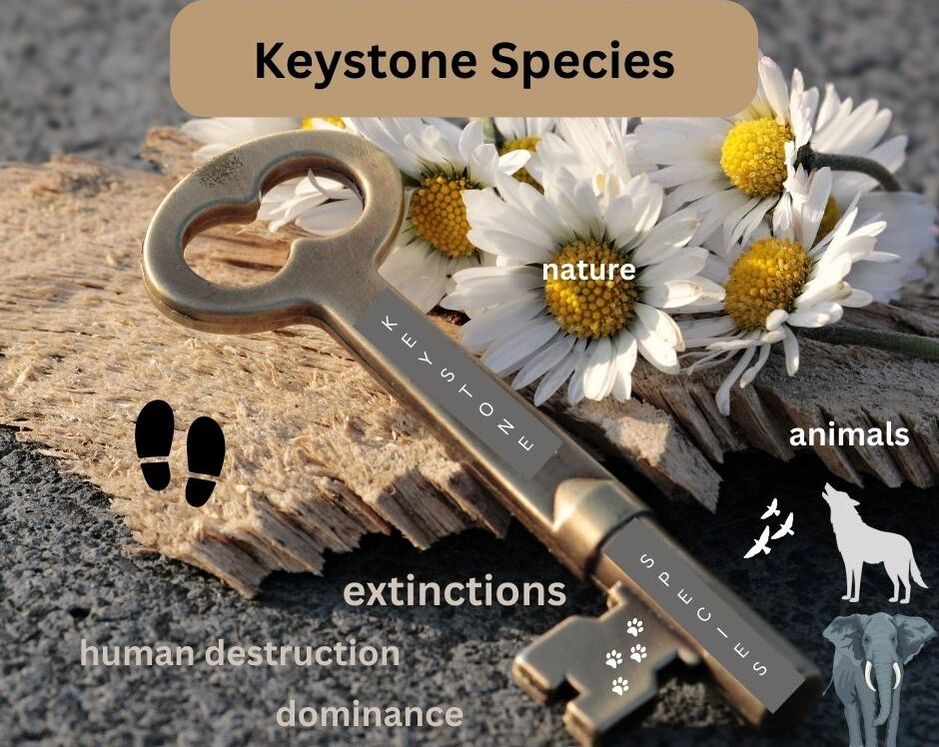





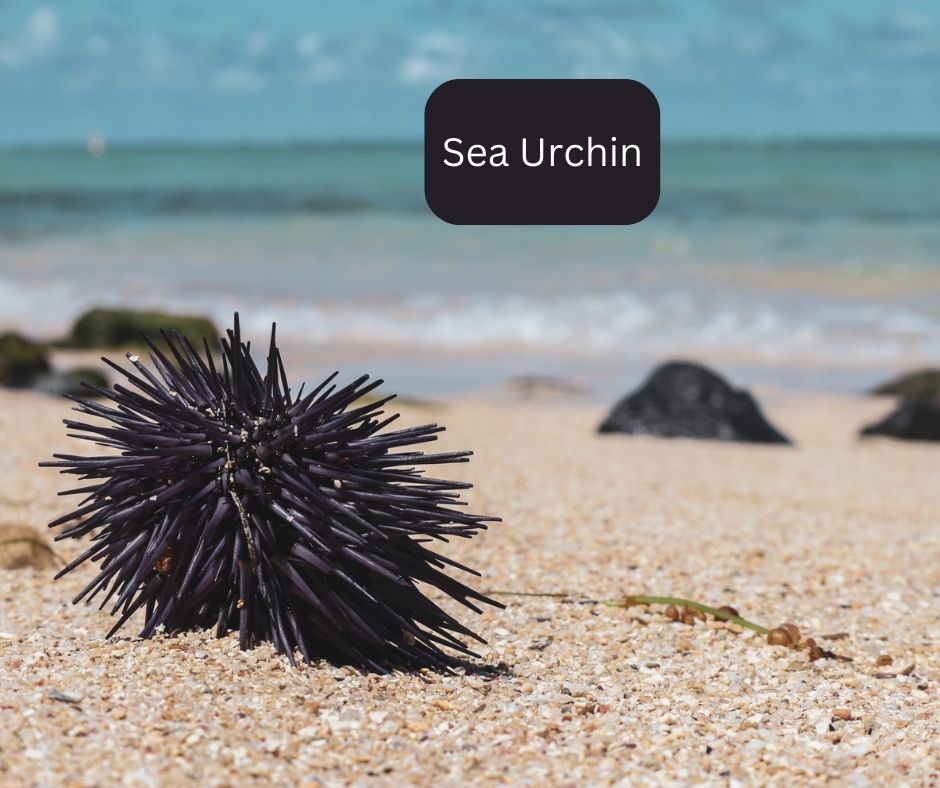
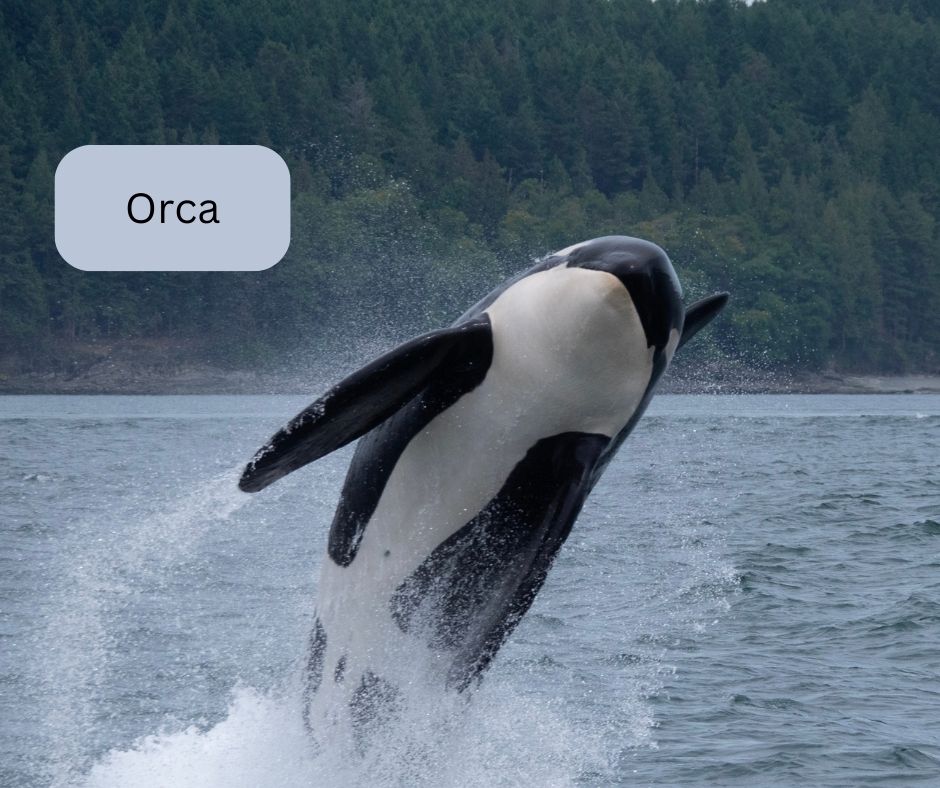






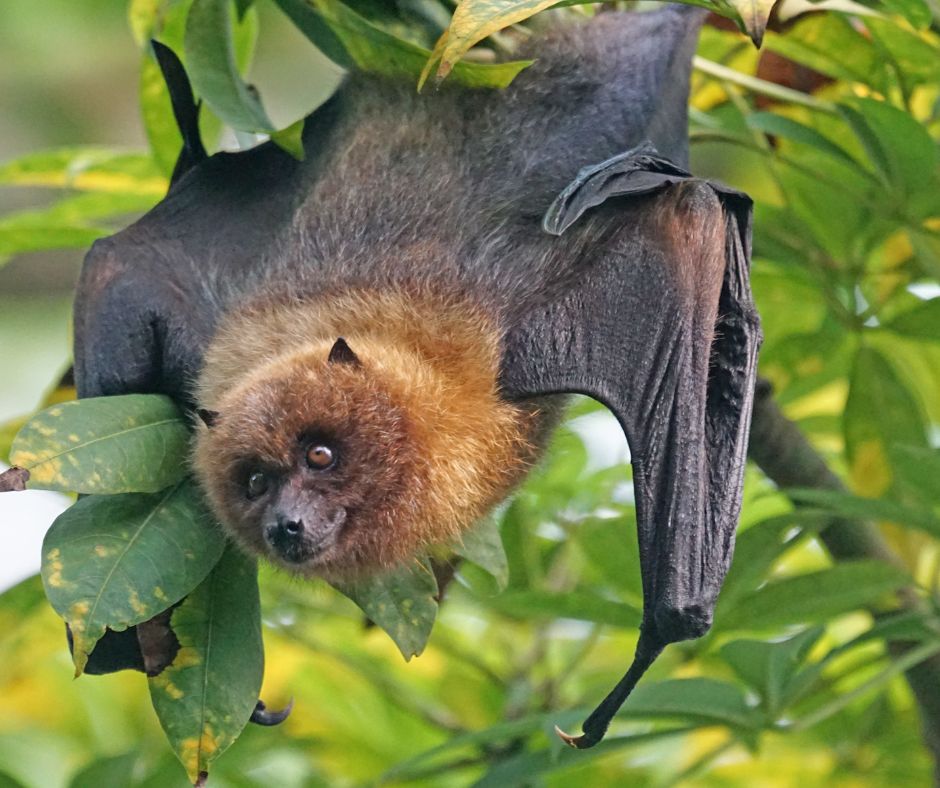

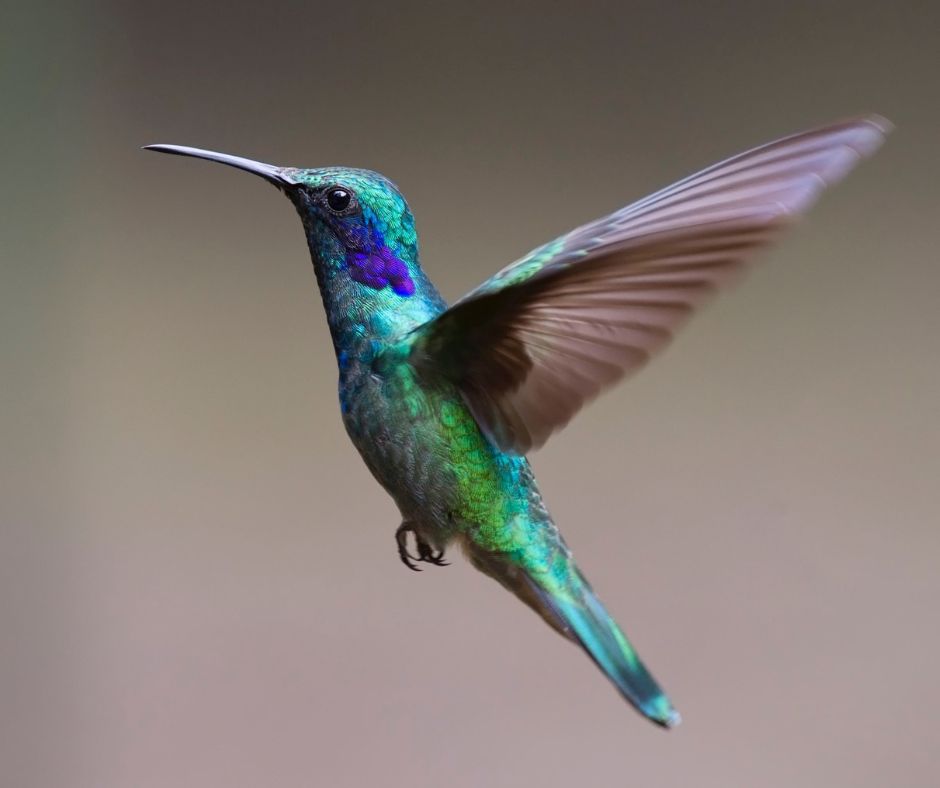

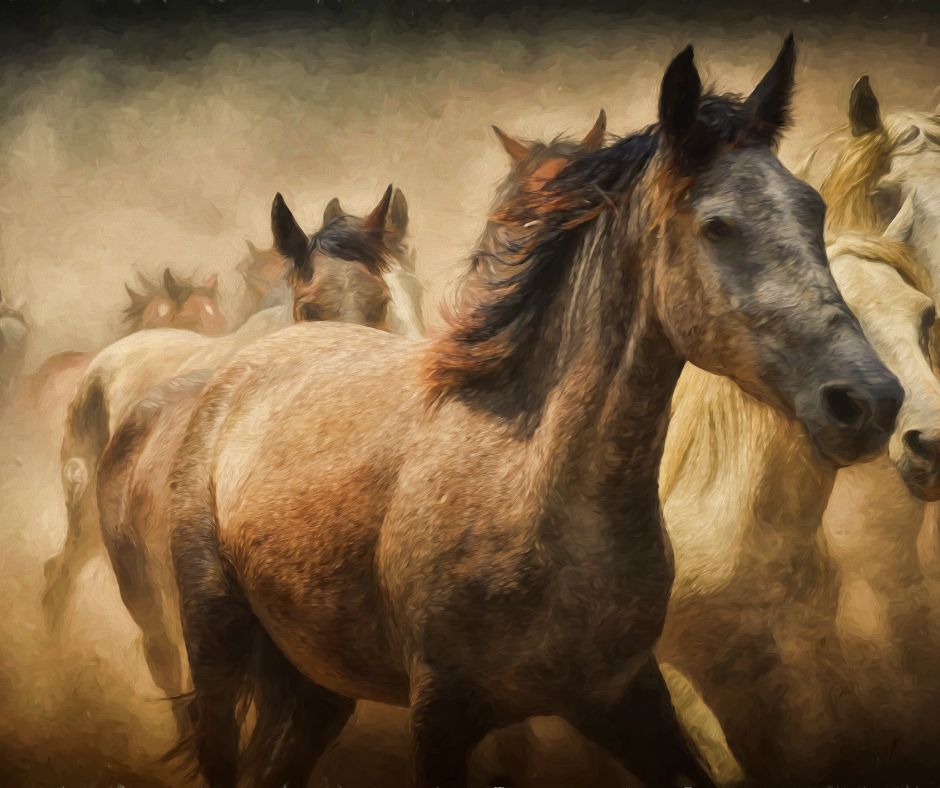

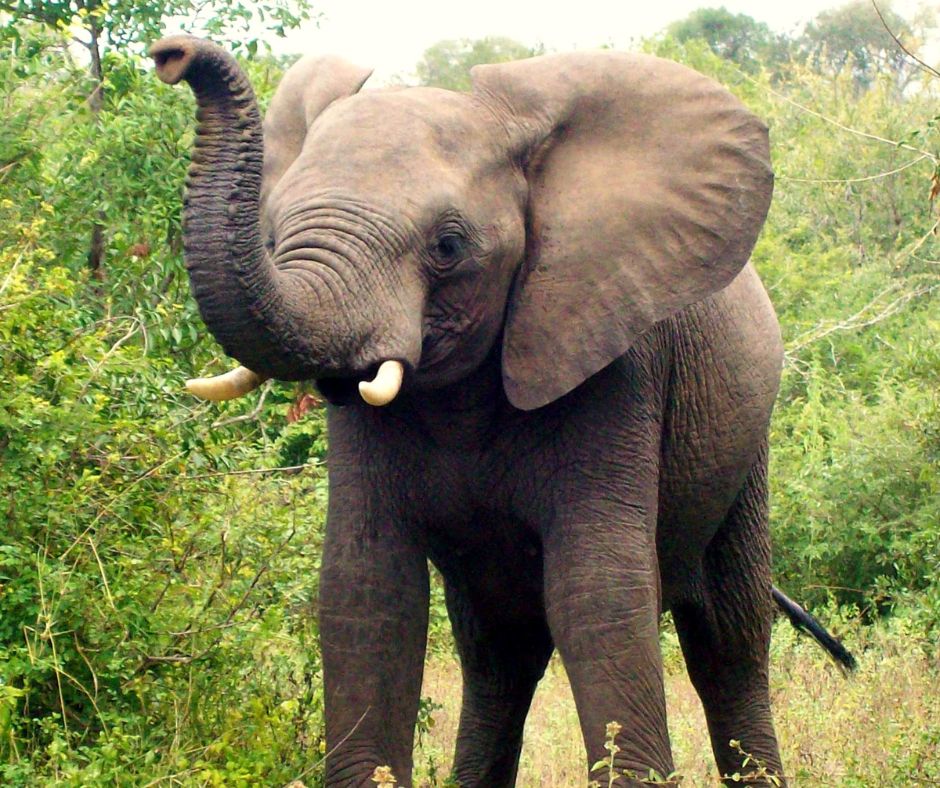


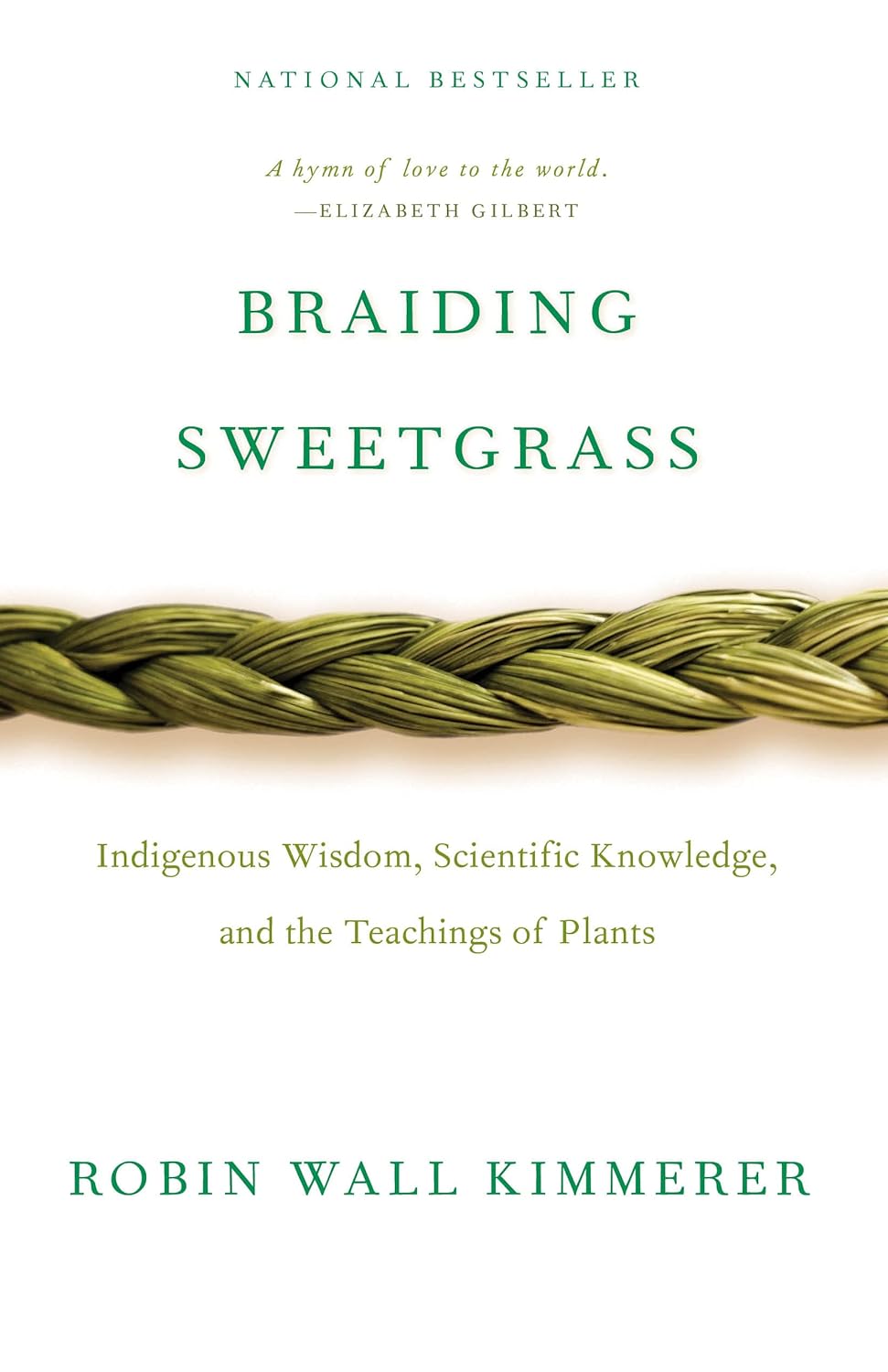
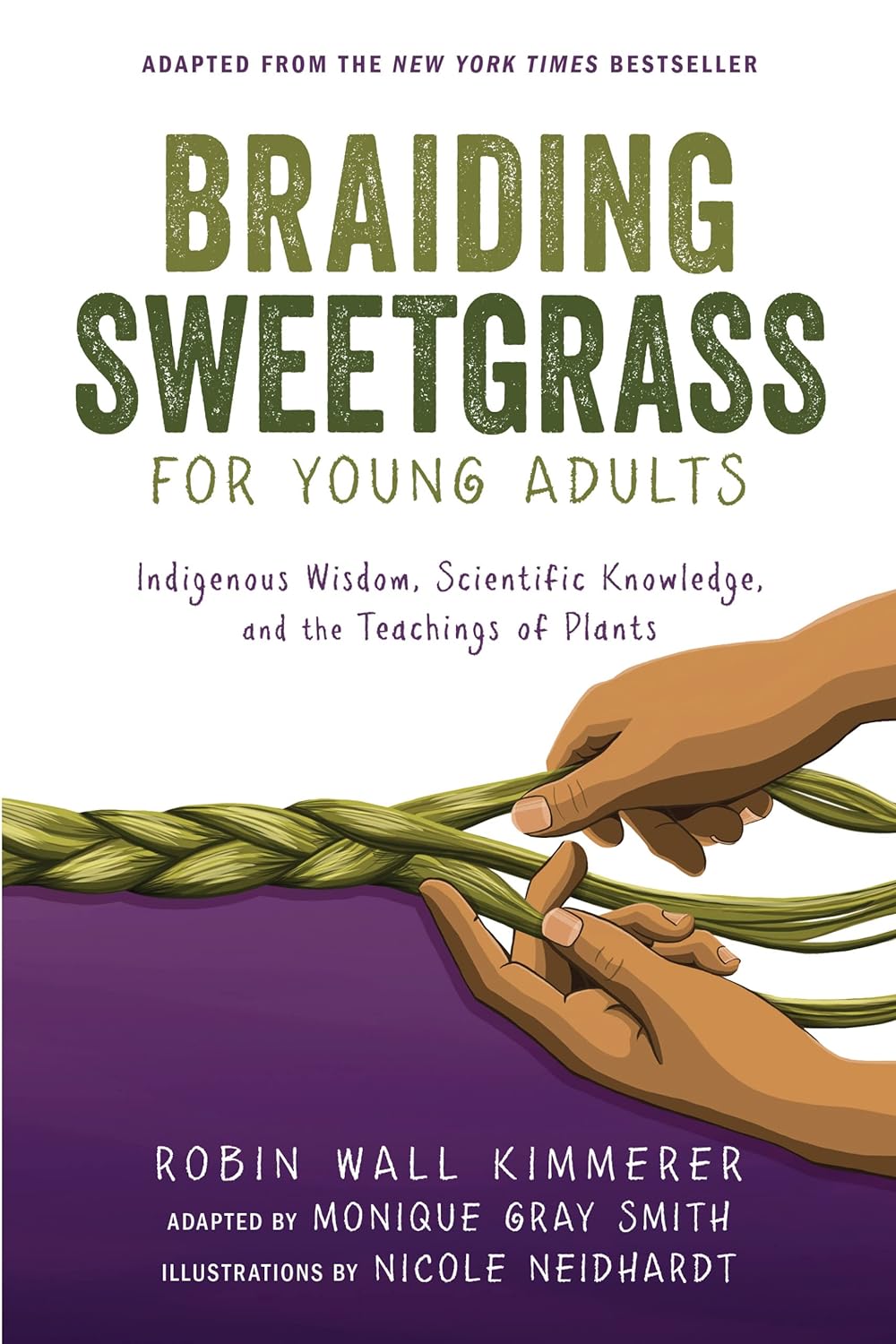




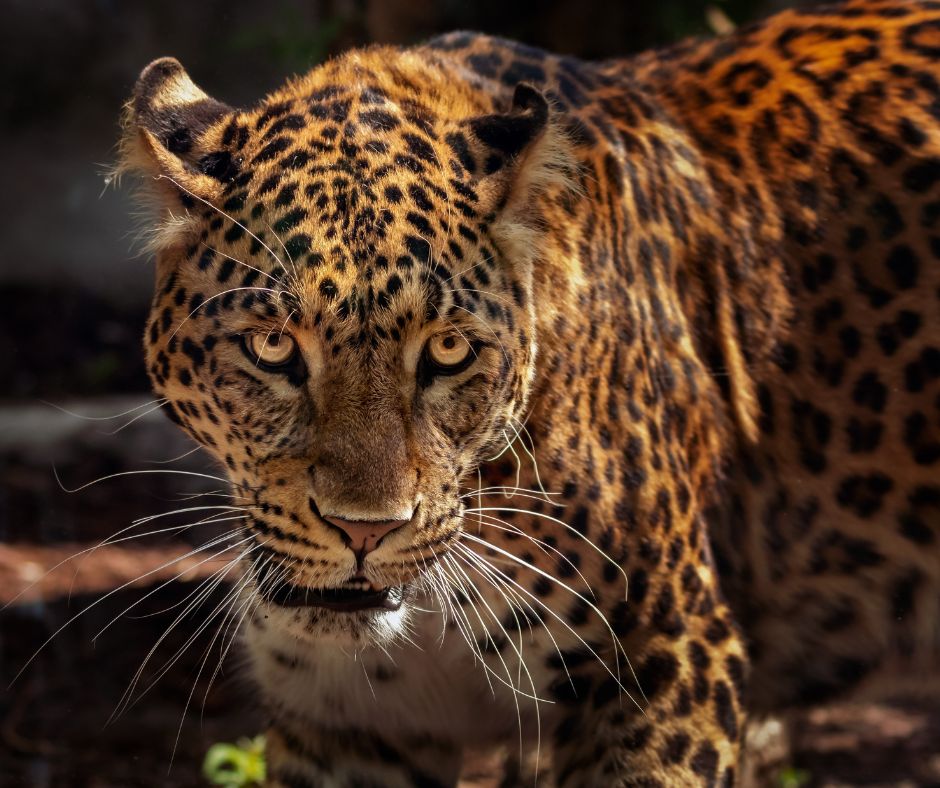
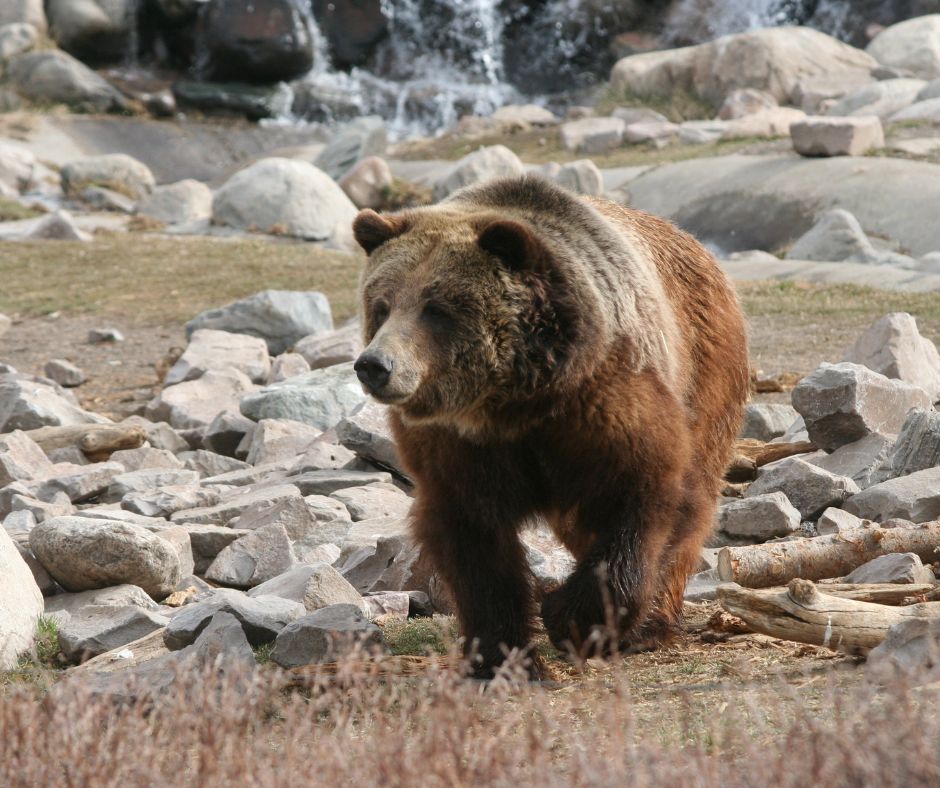

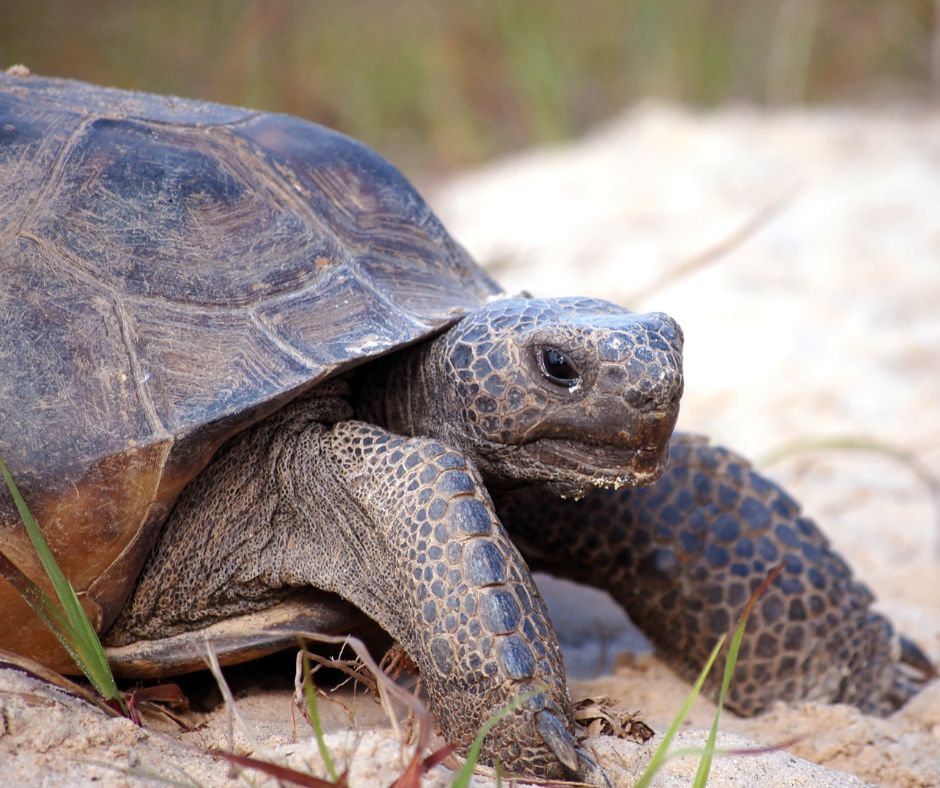
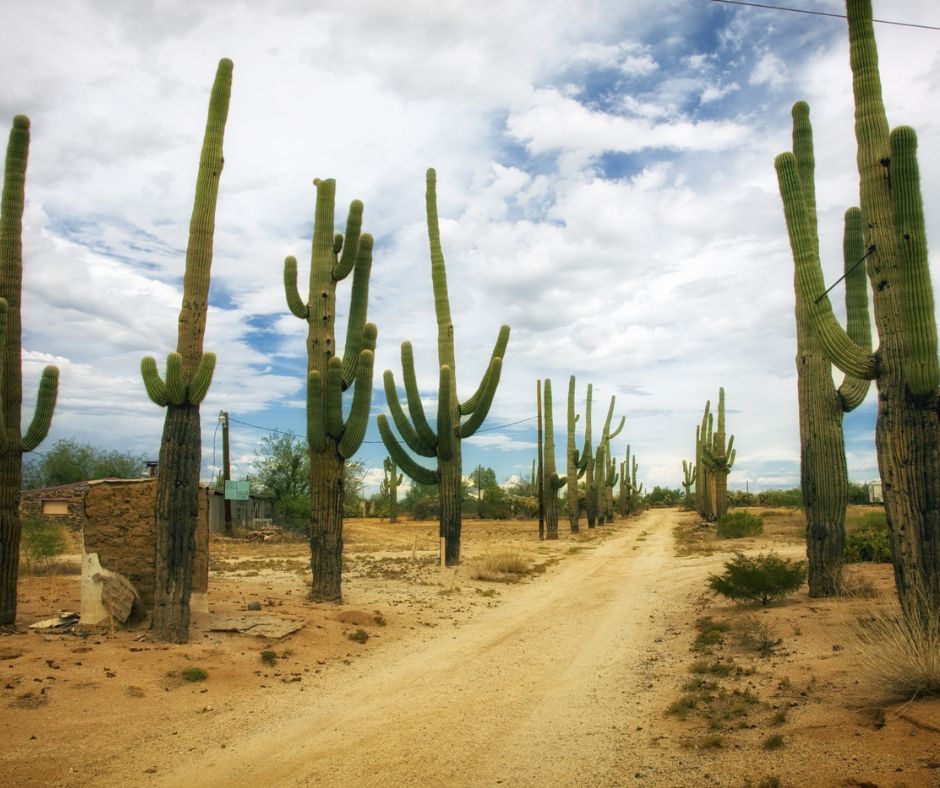
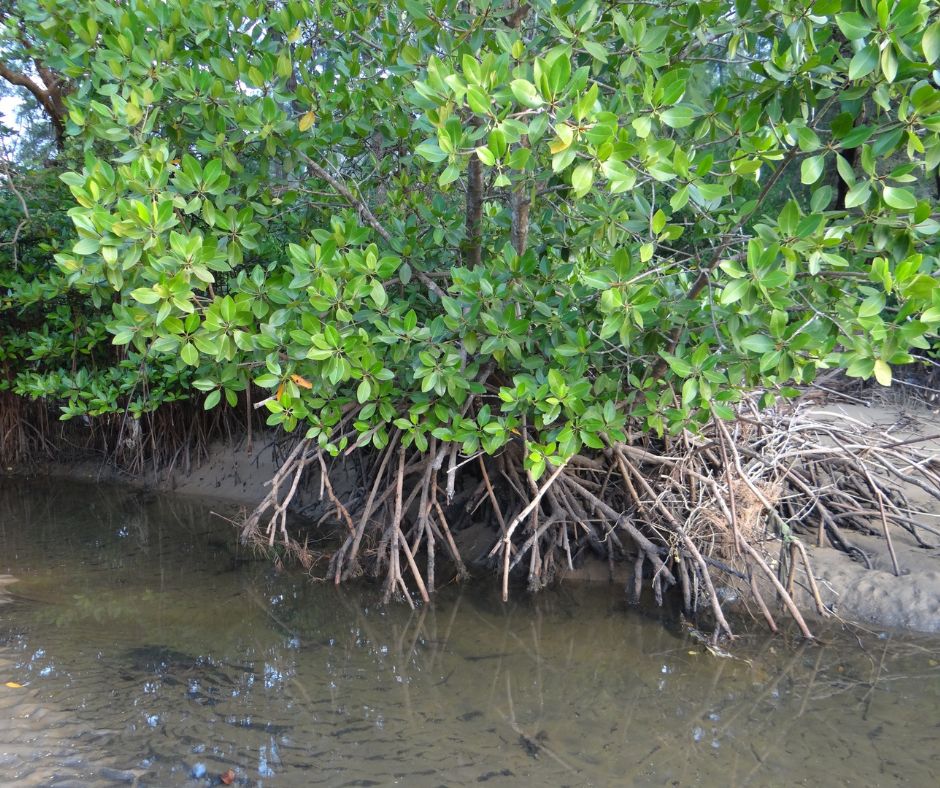

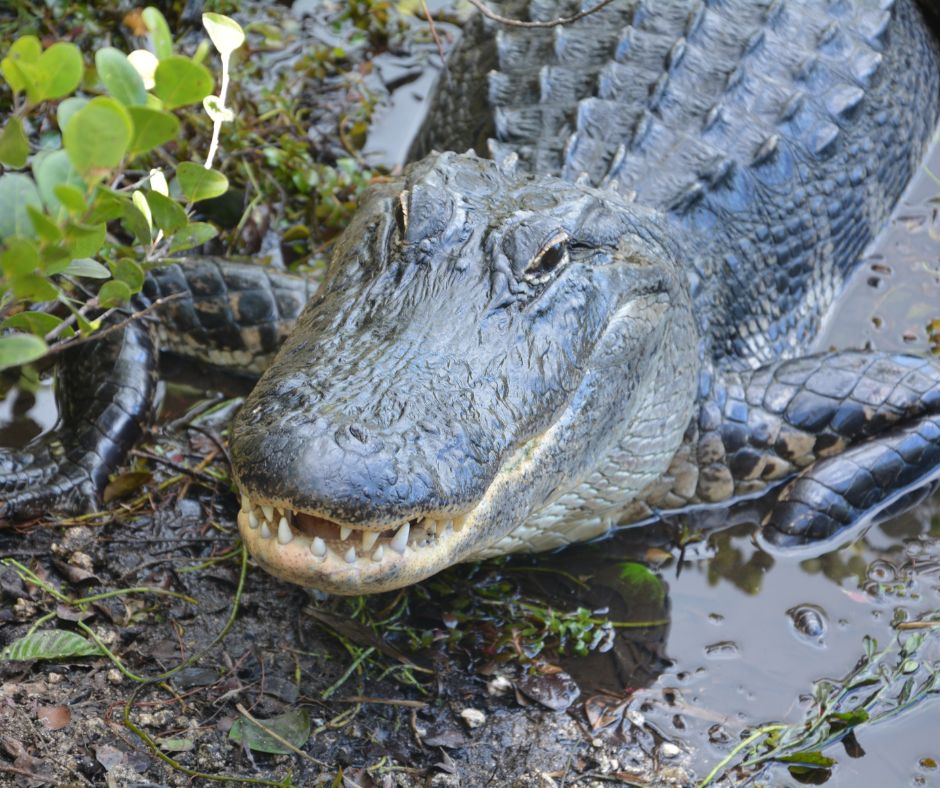
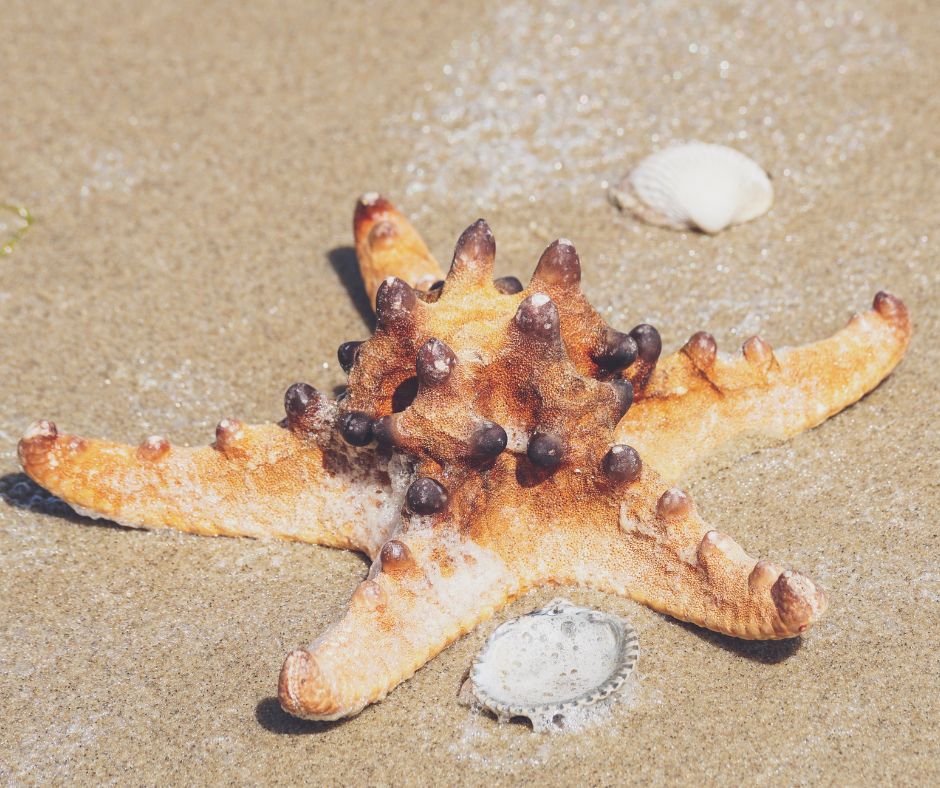
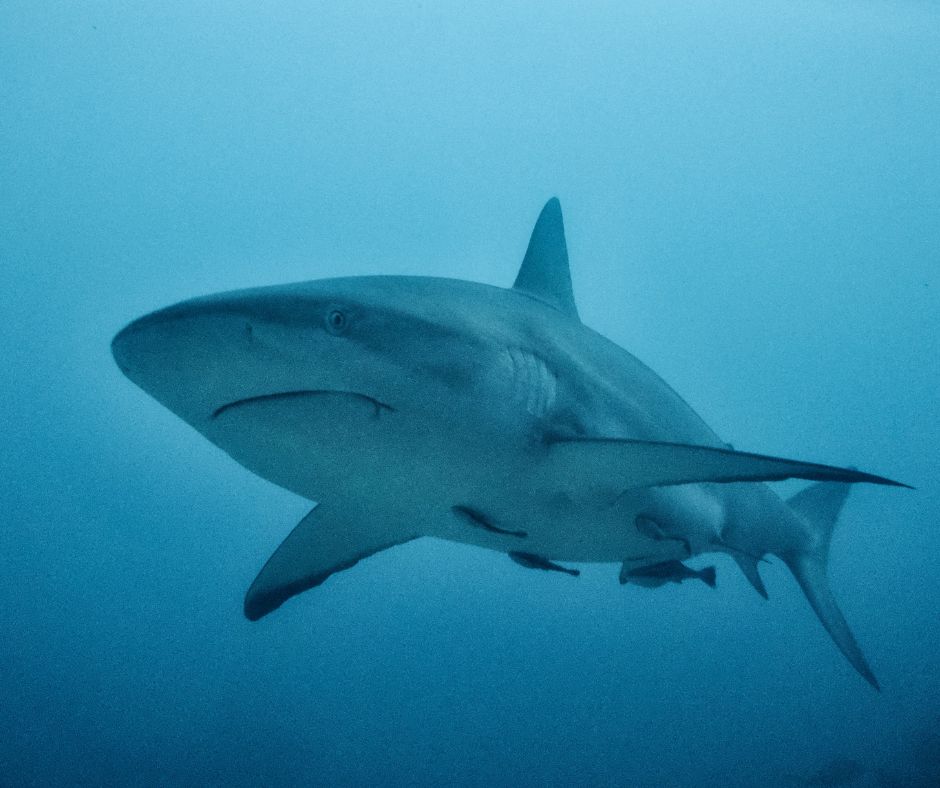
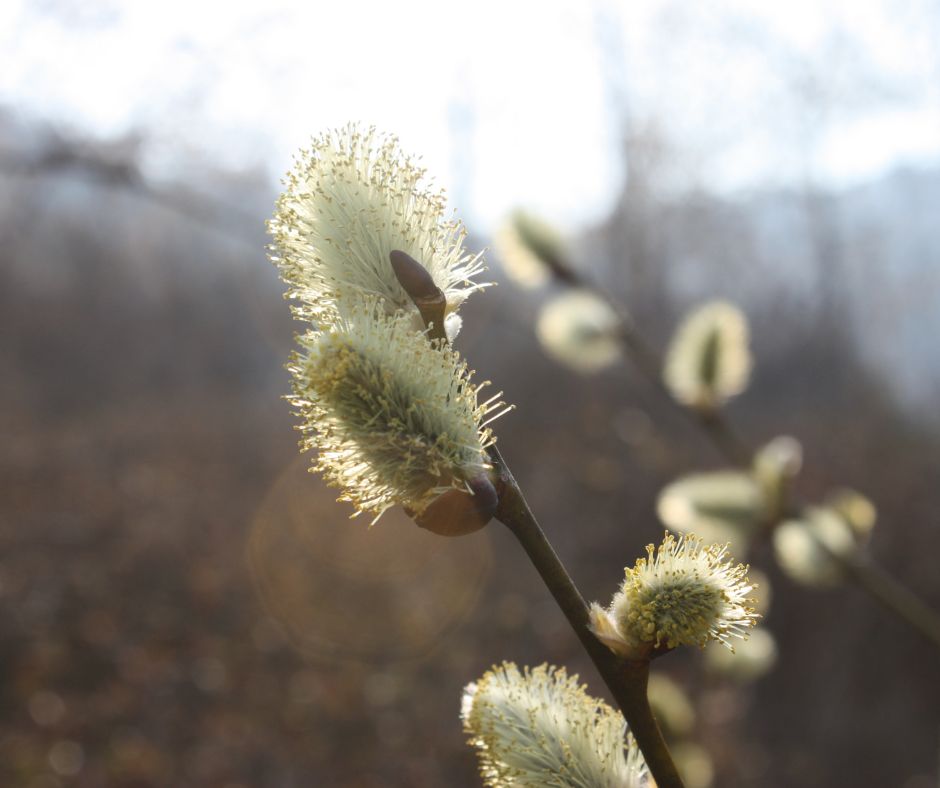
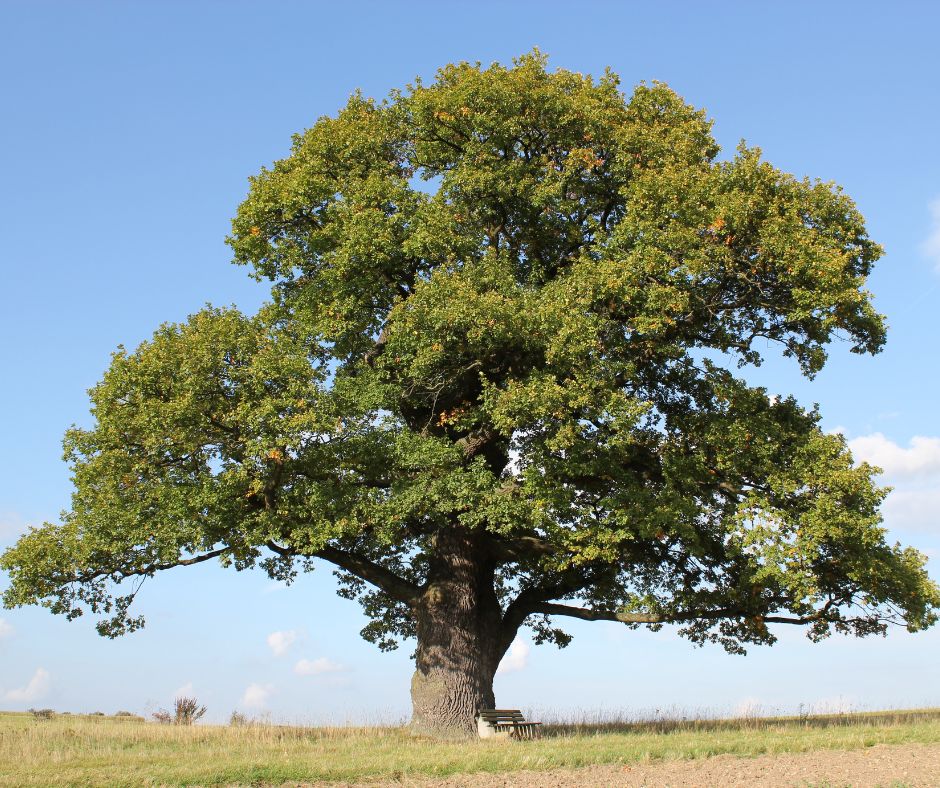
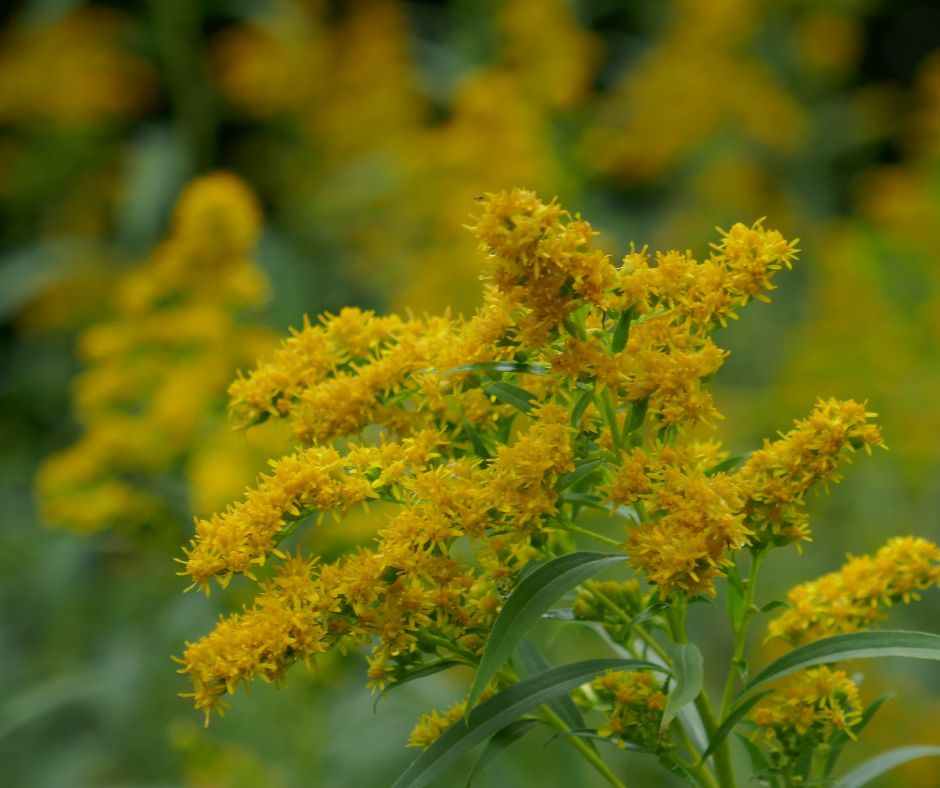

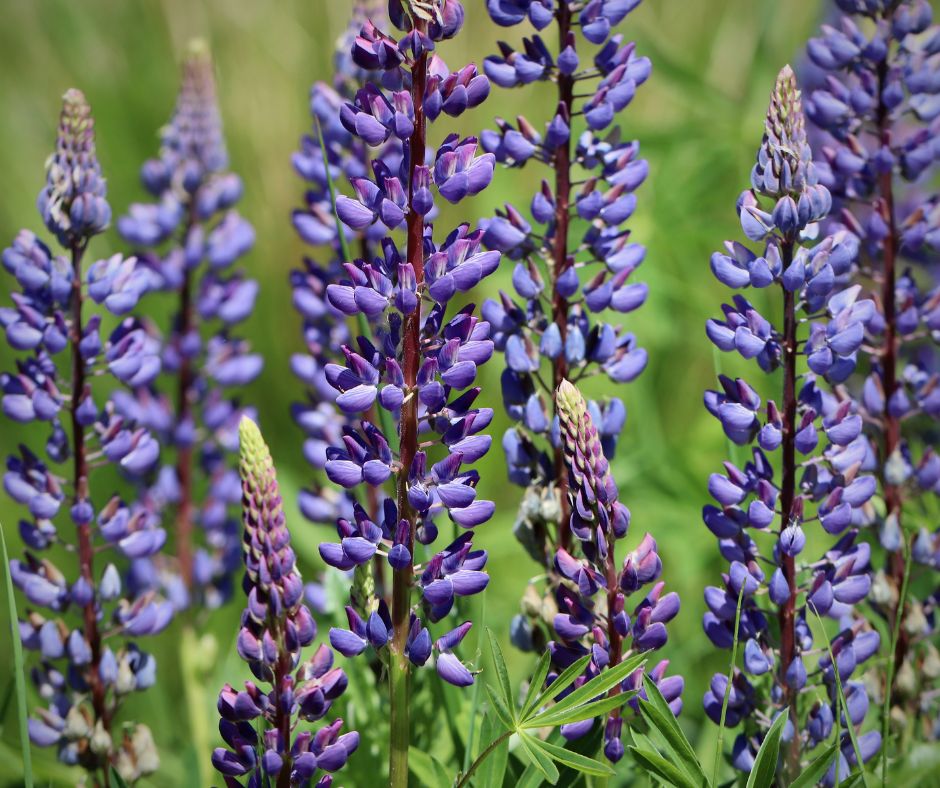
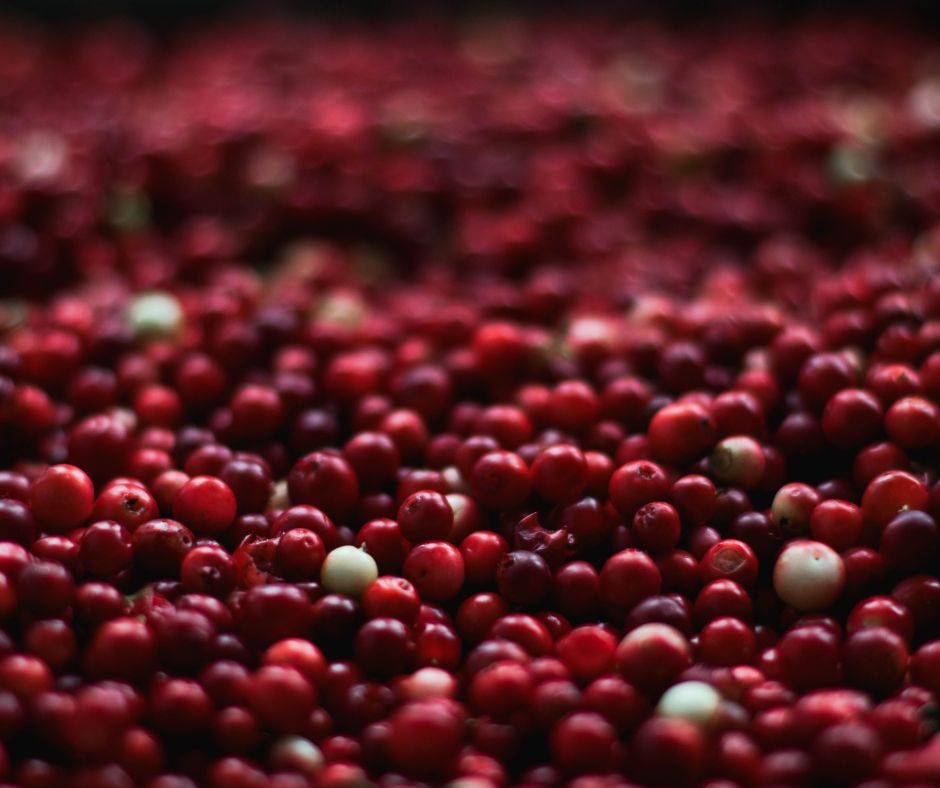
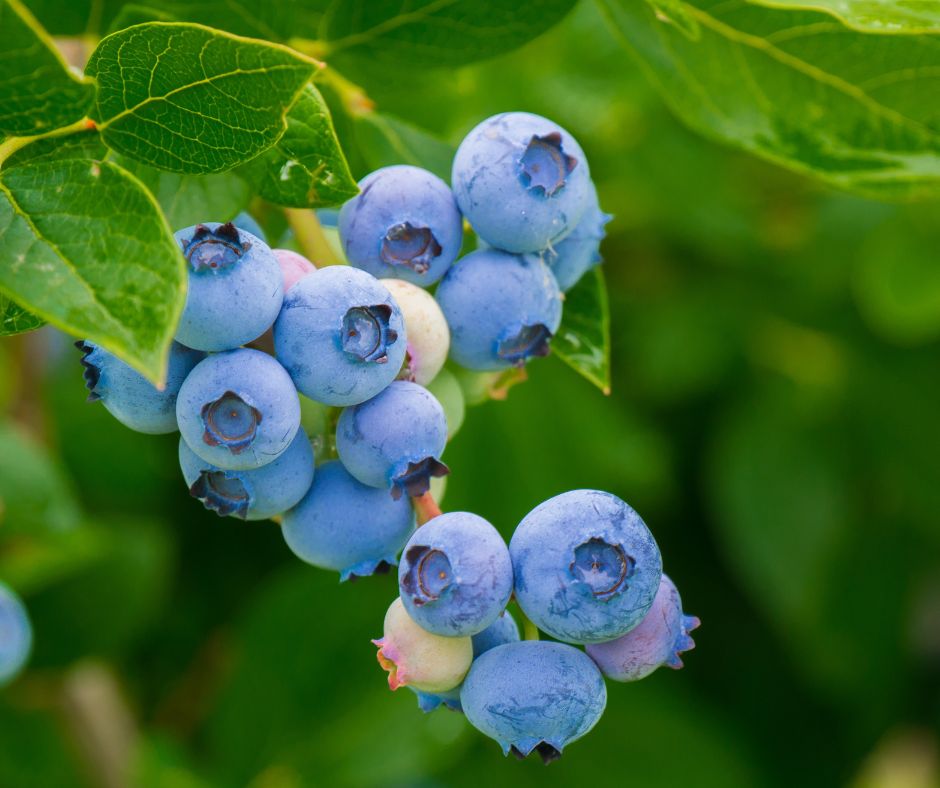

 RSS Feed
RSS Feed